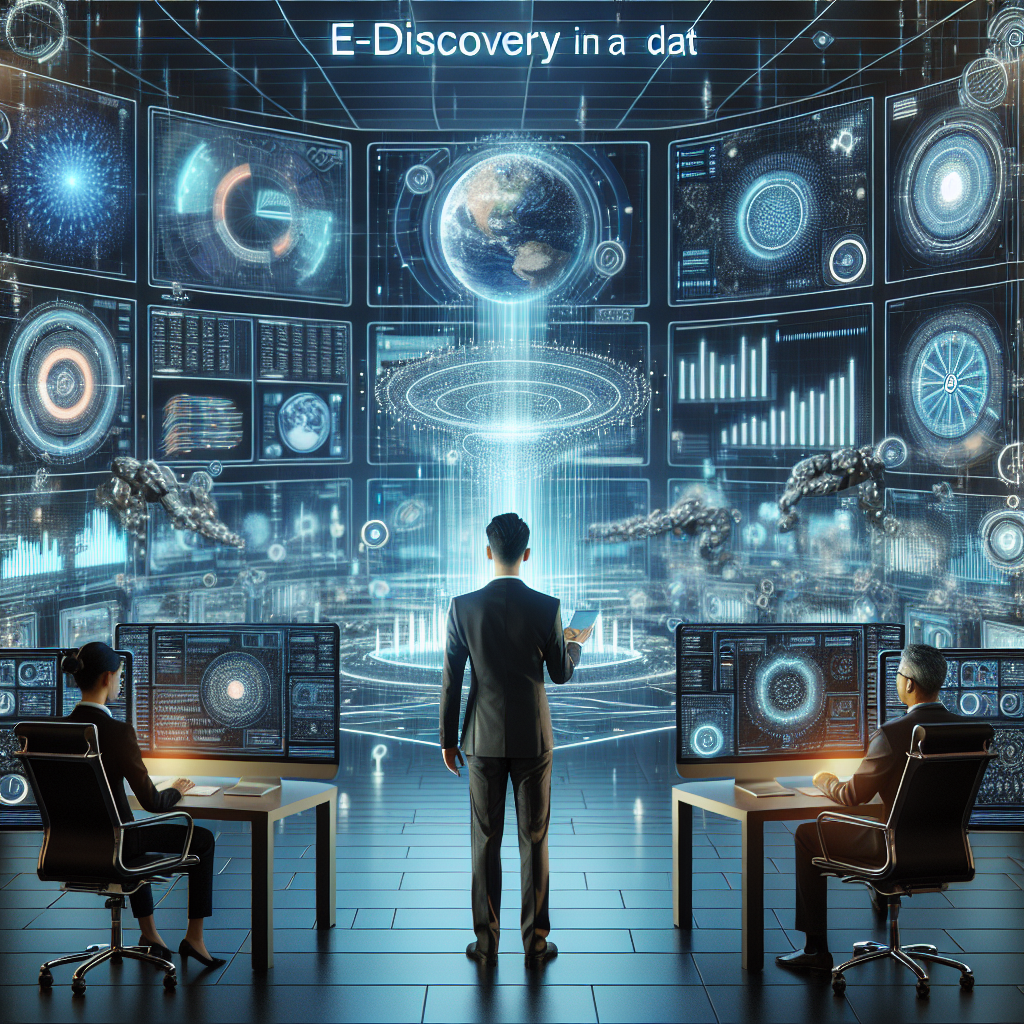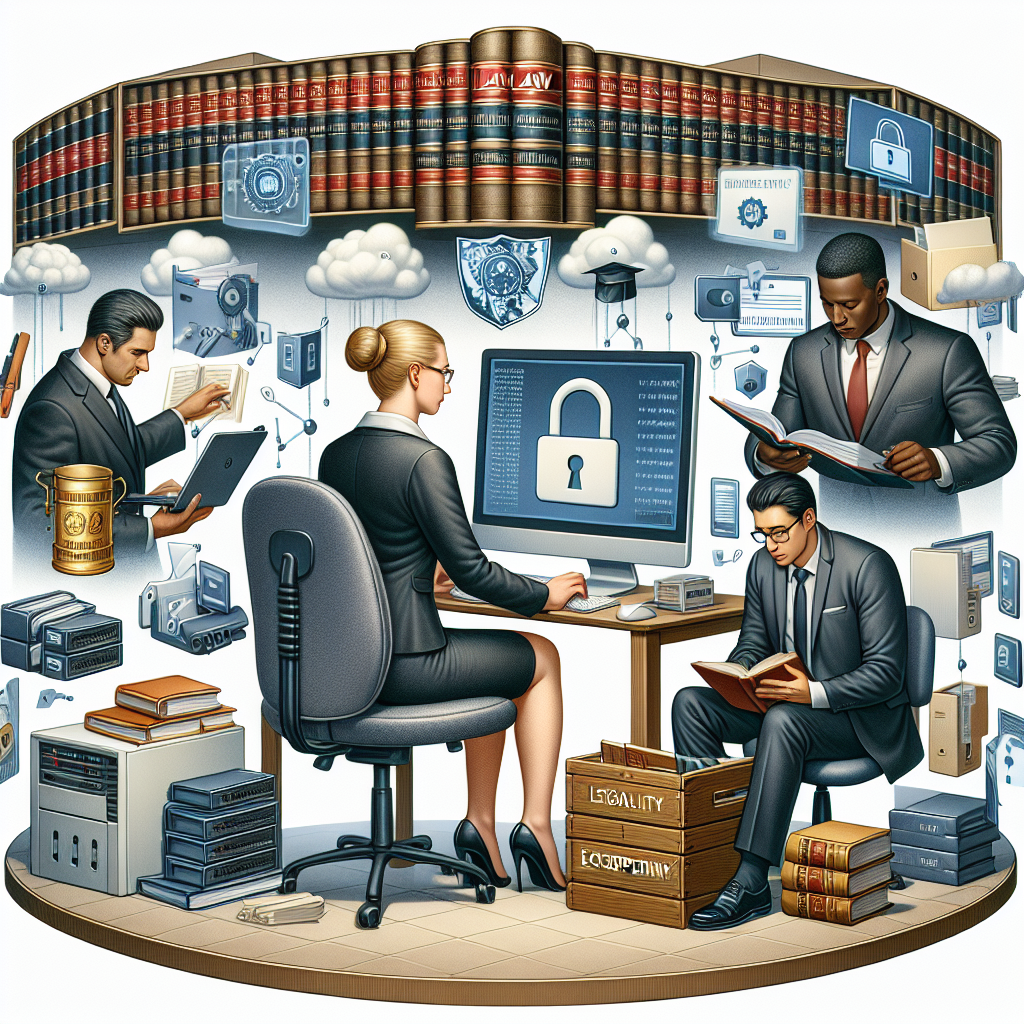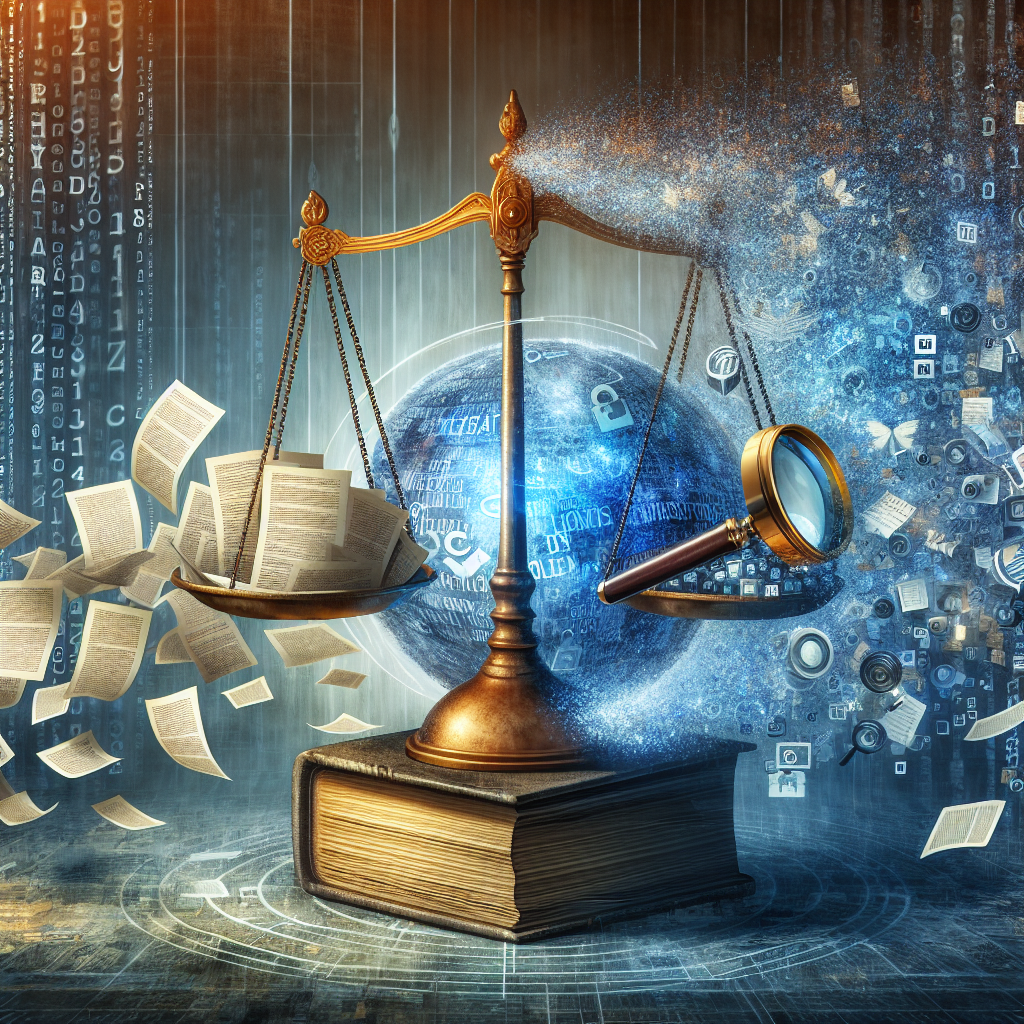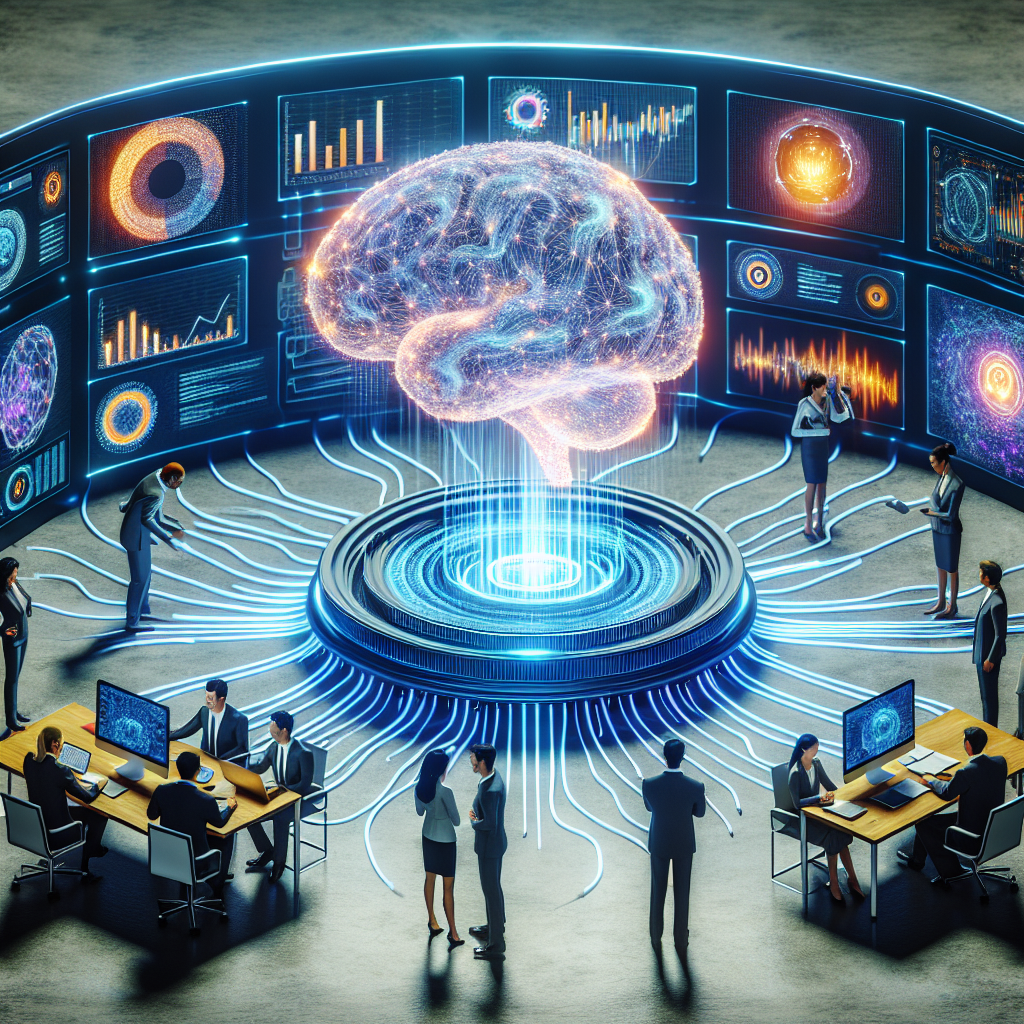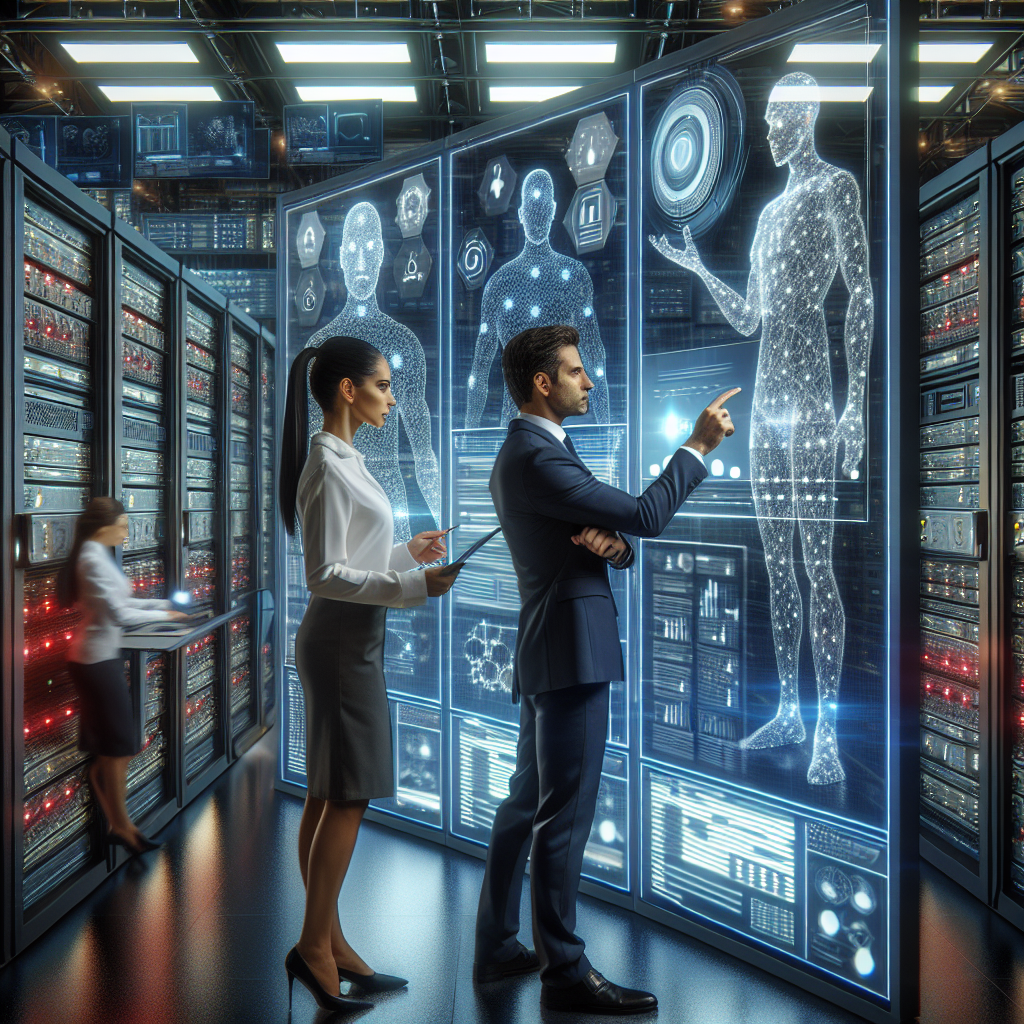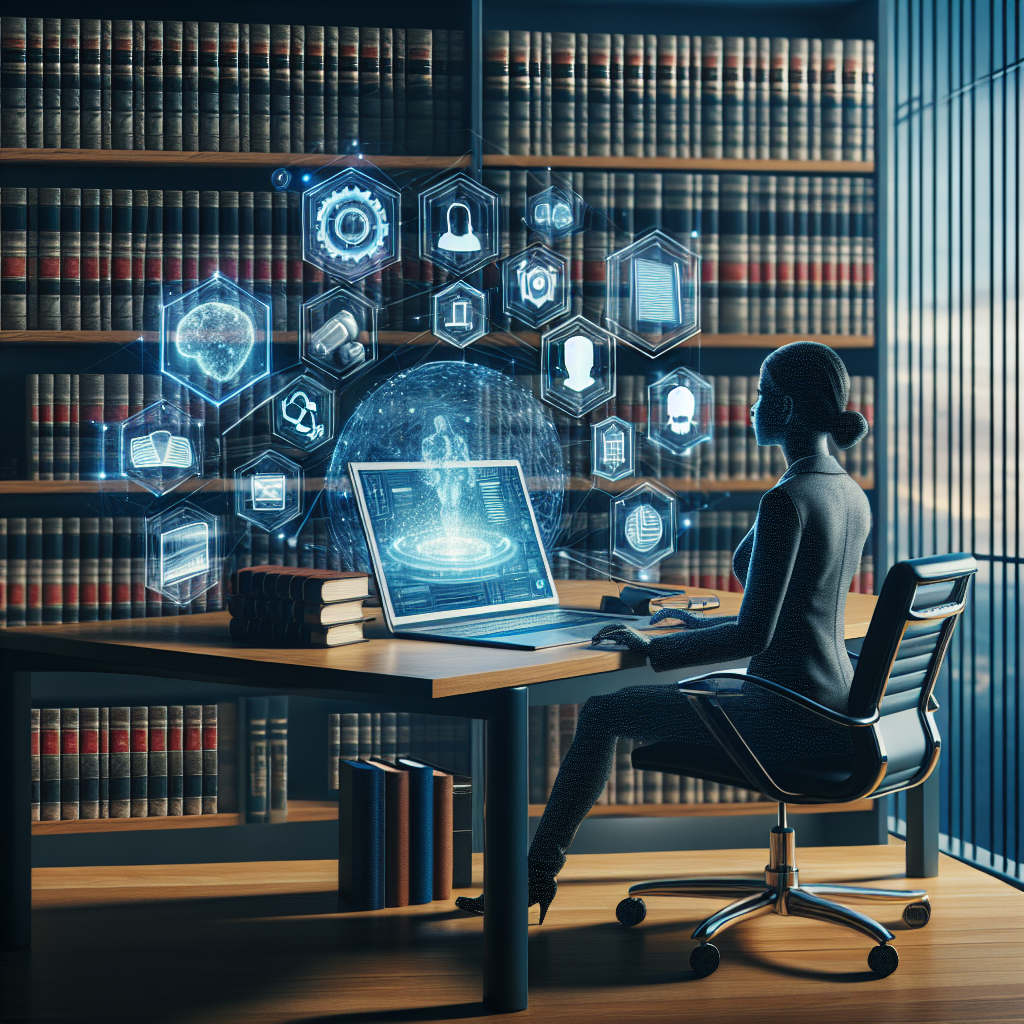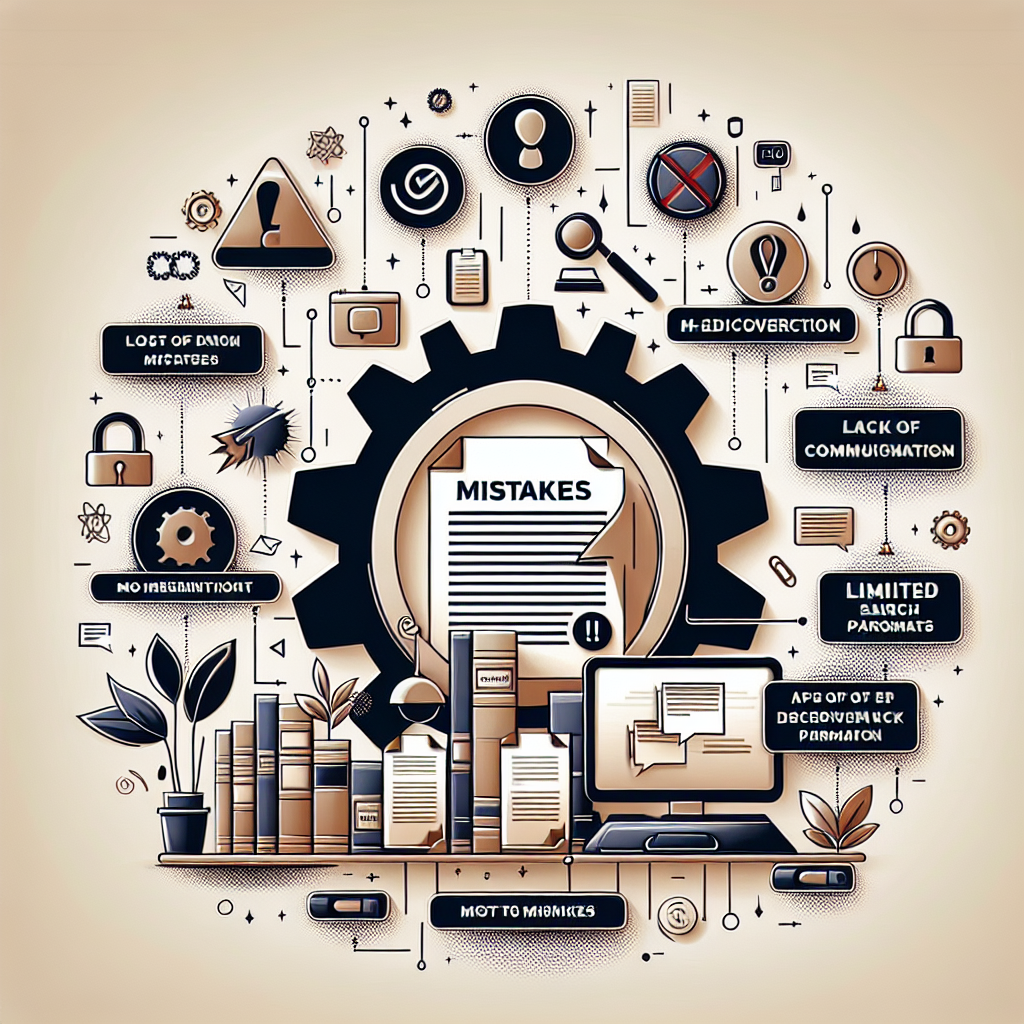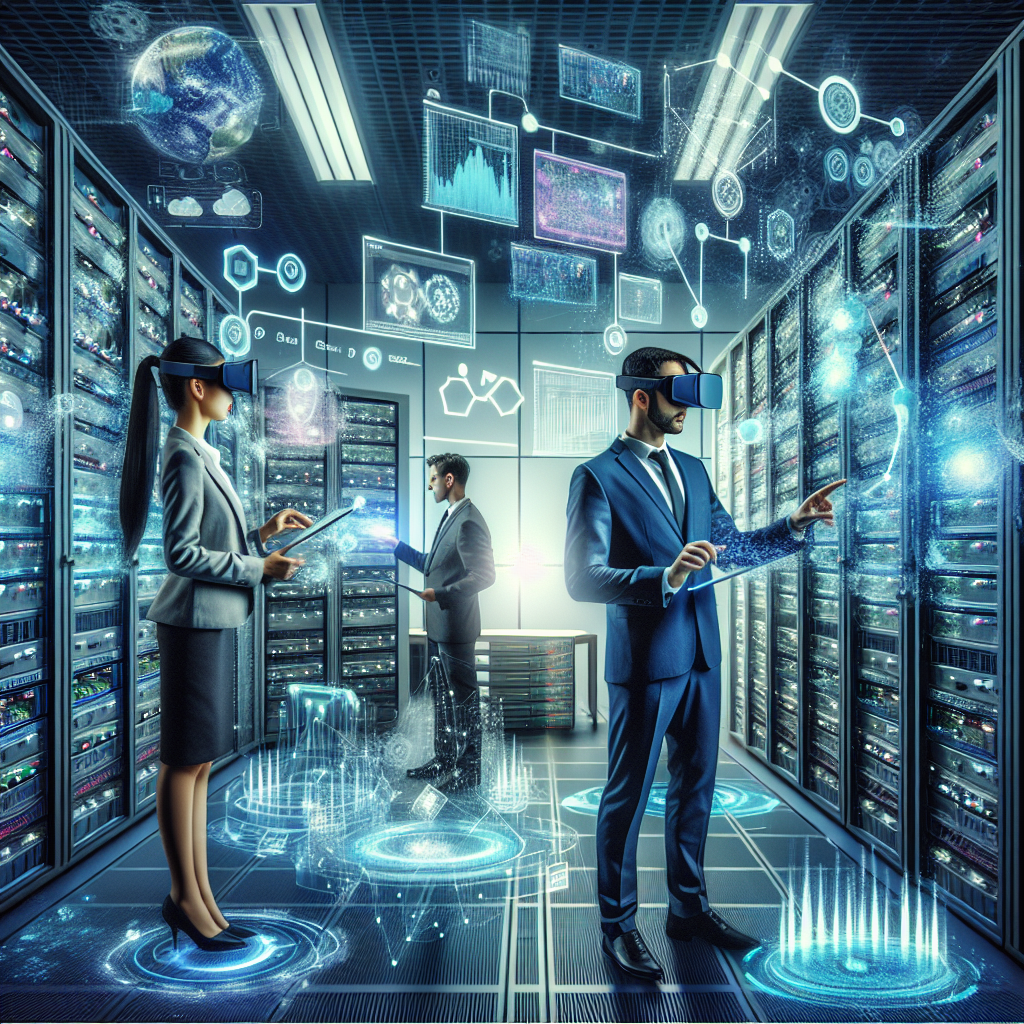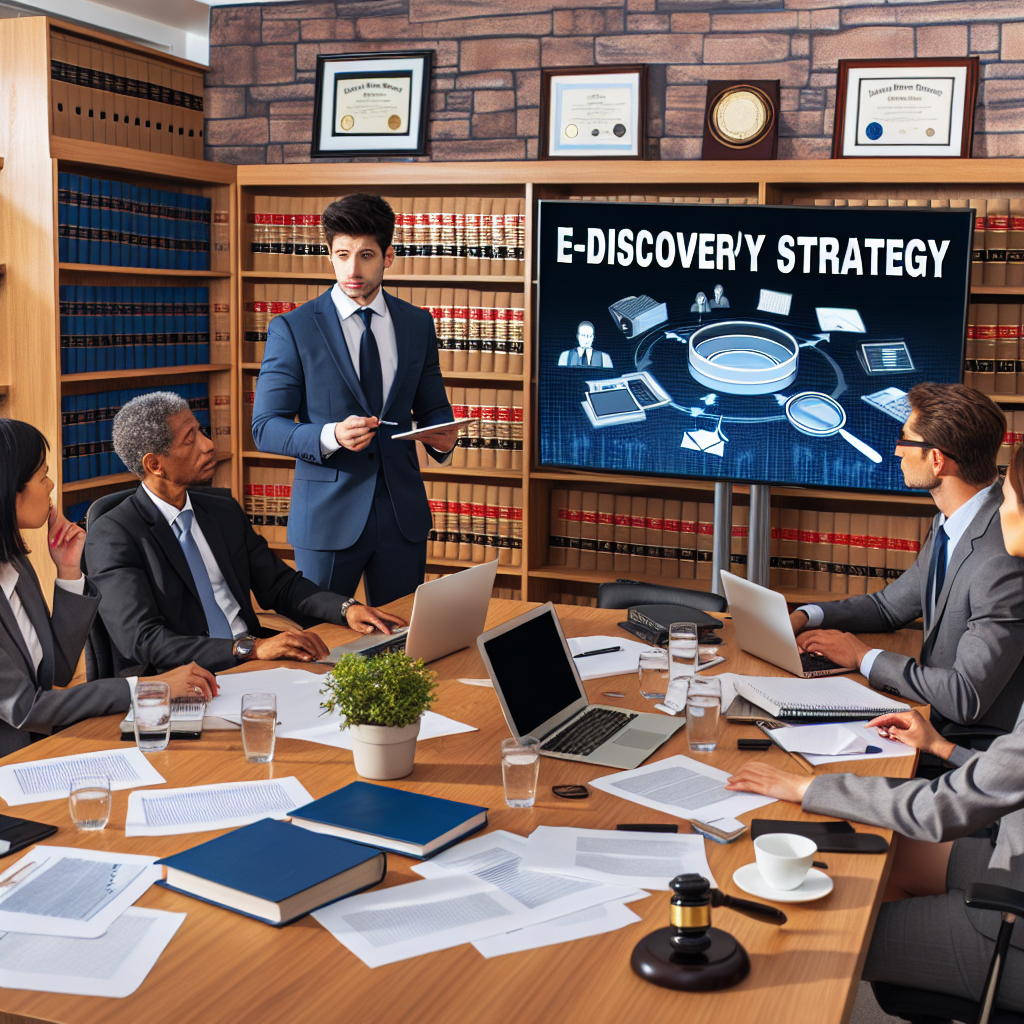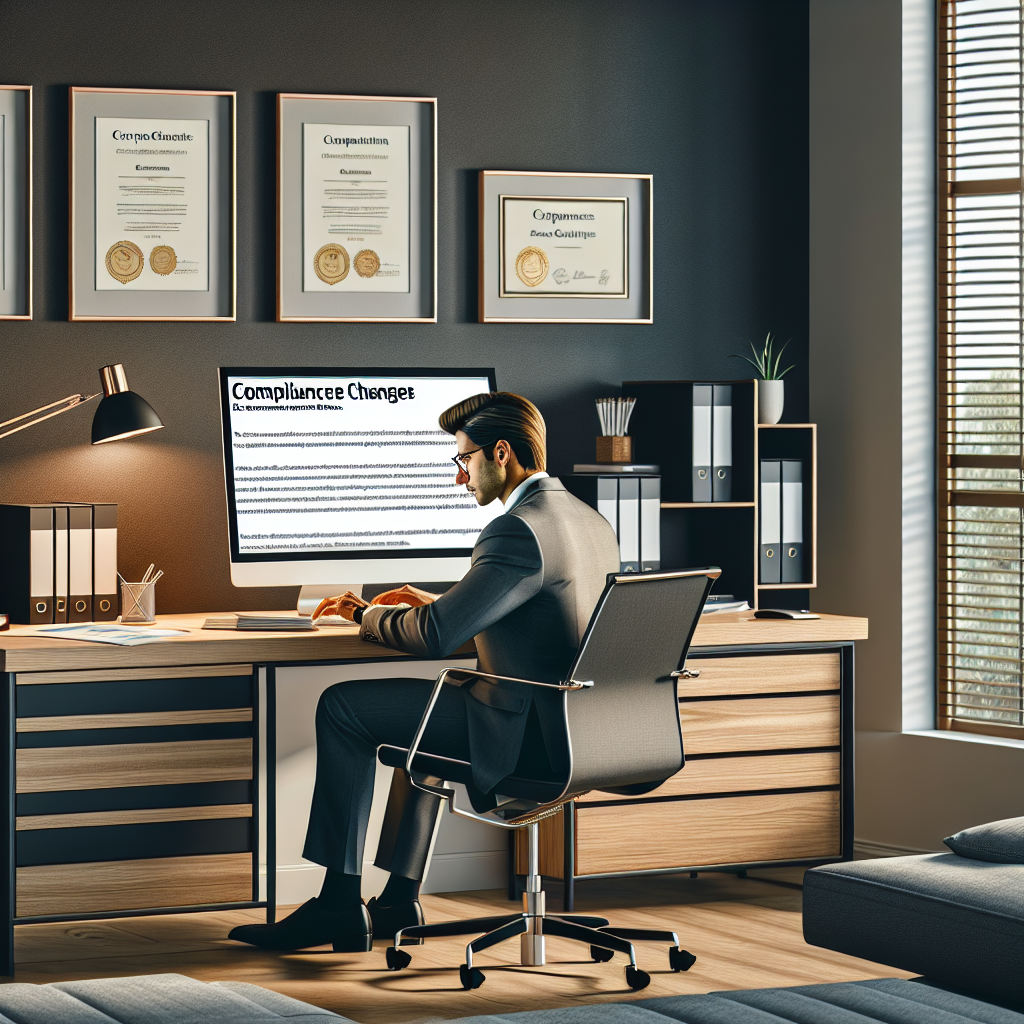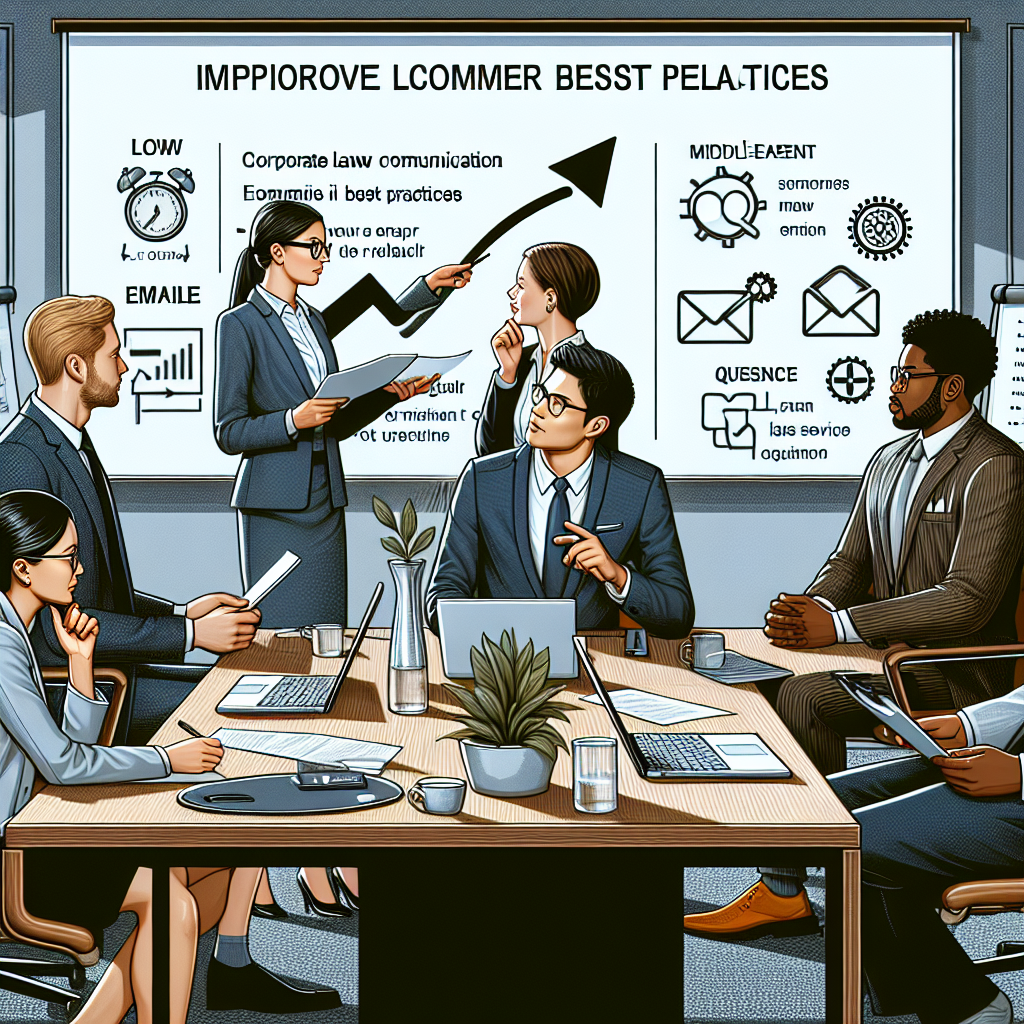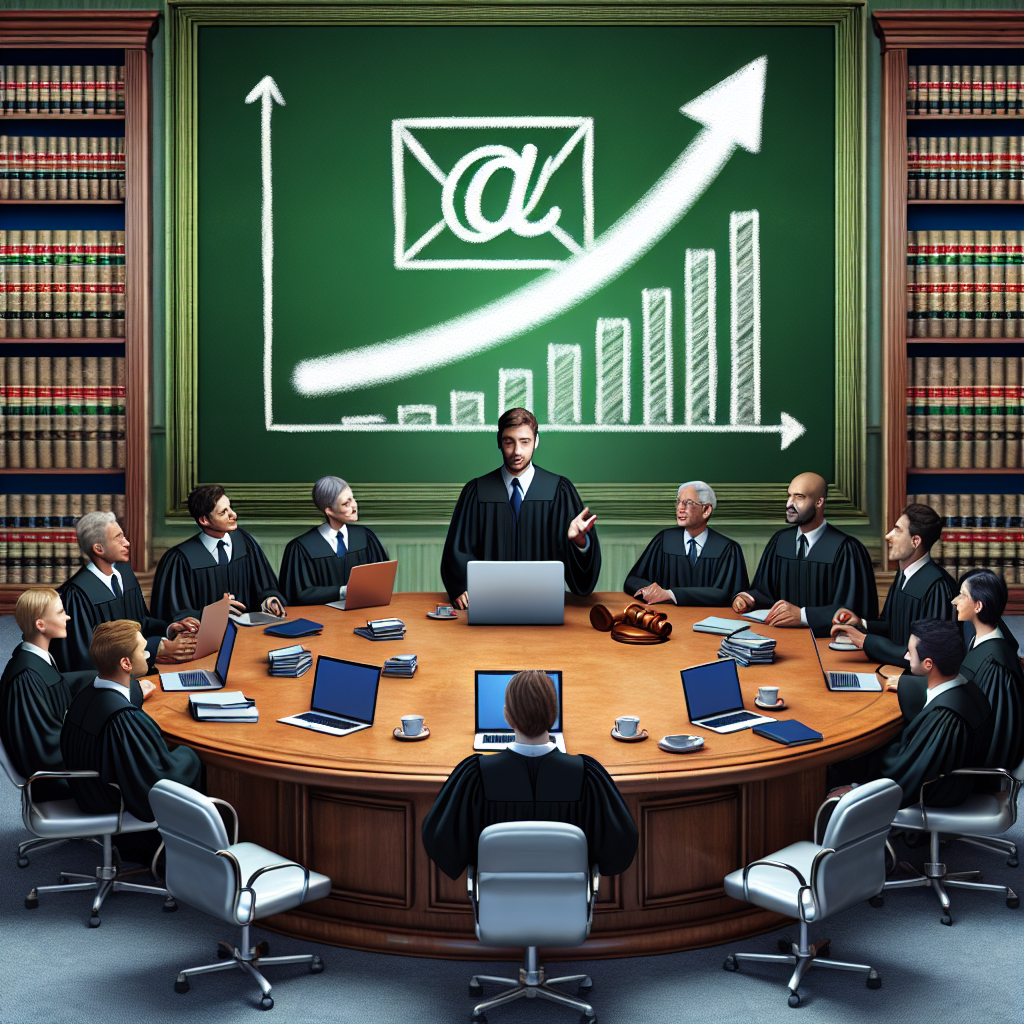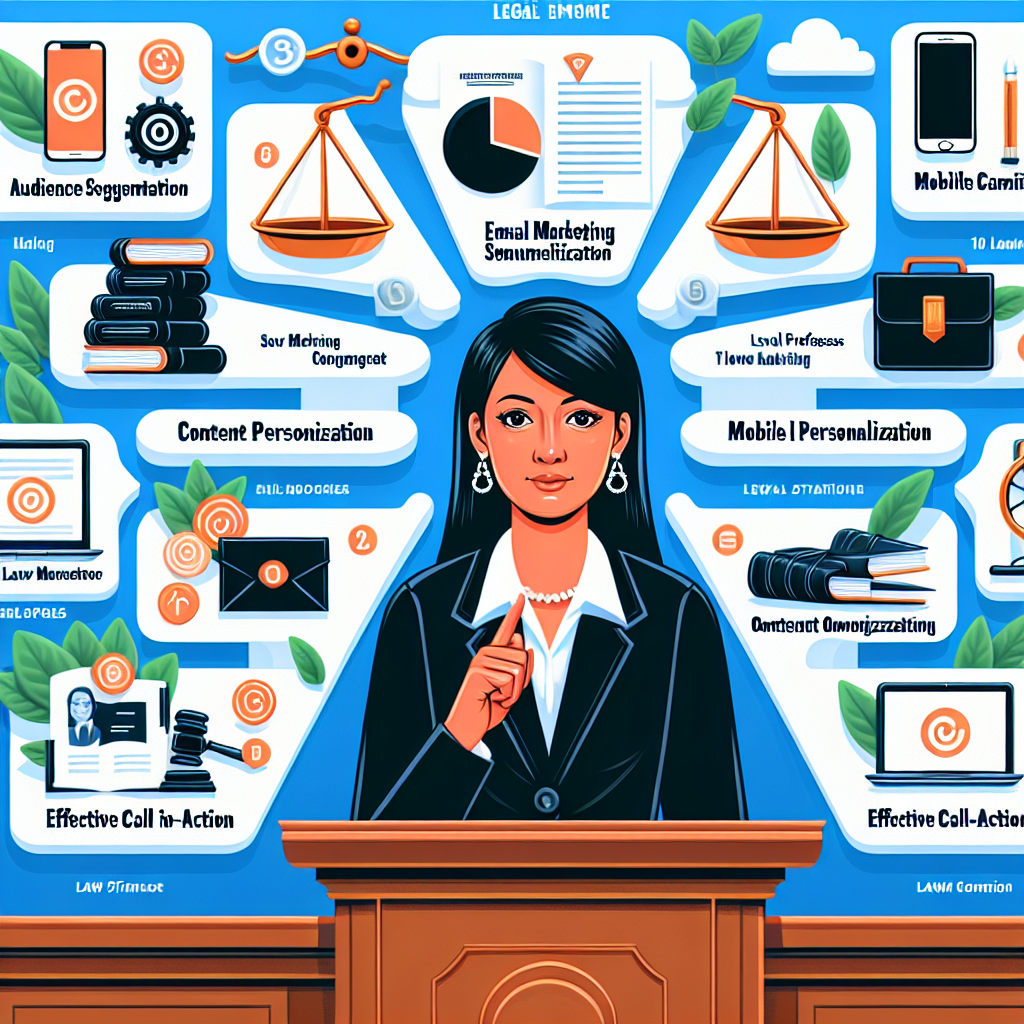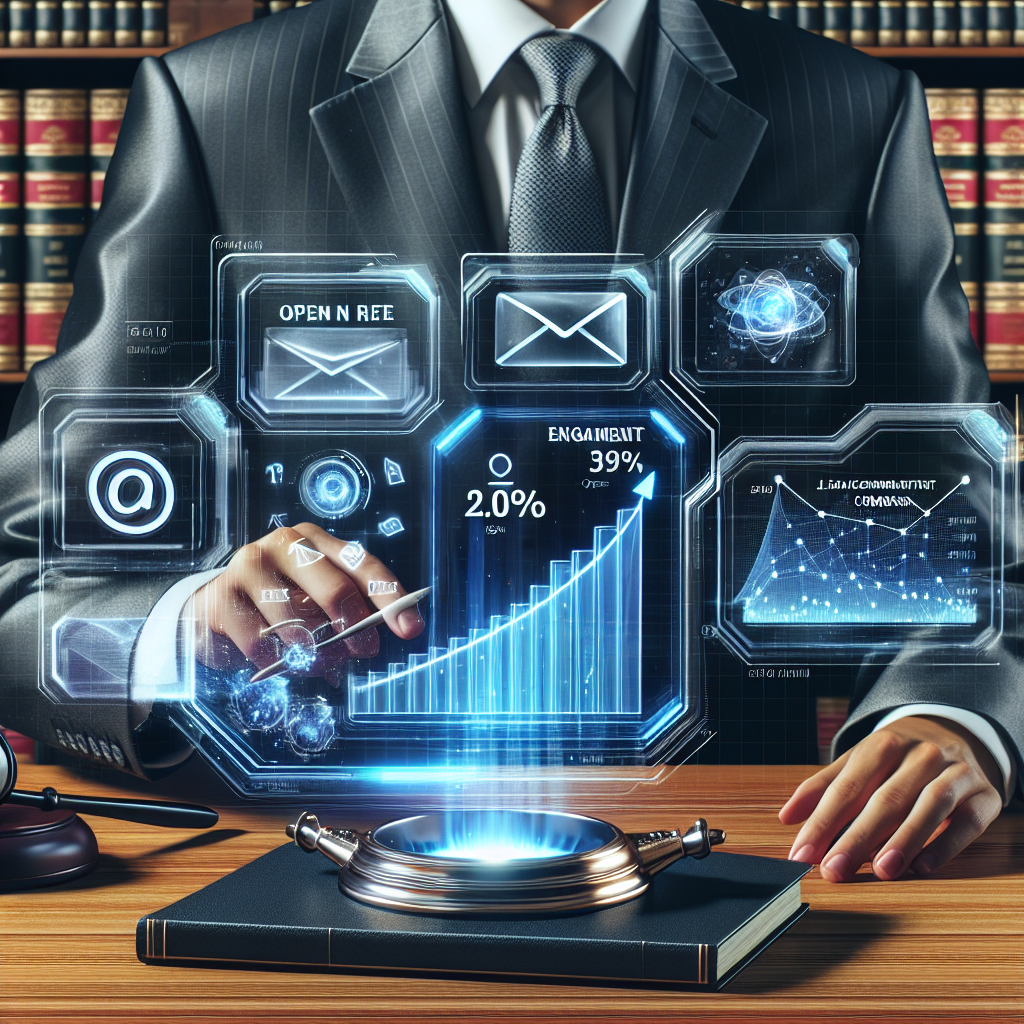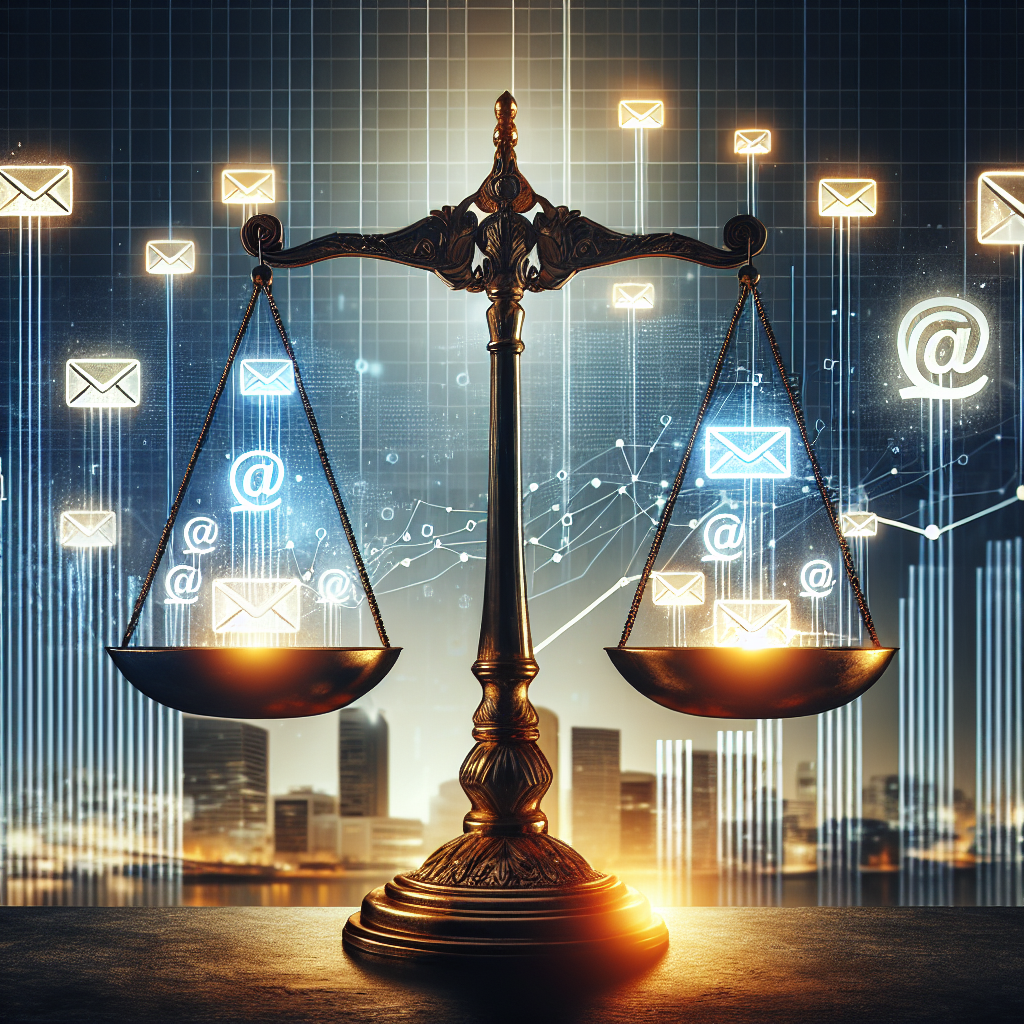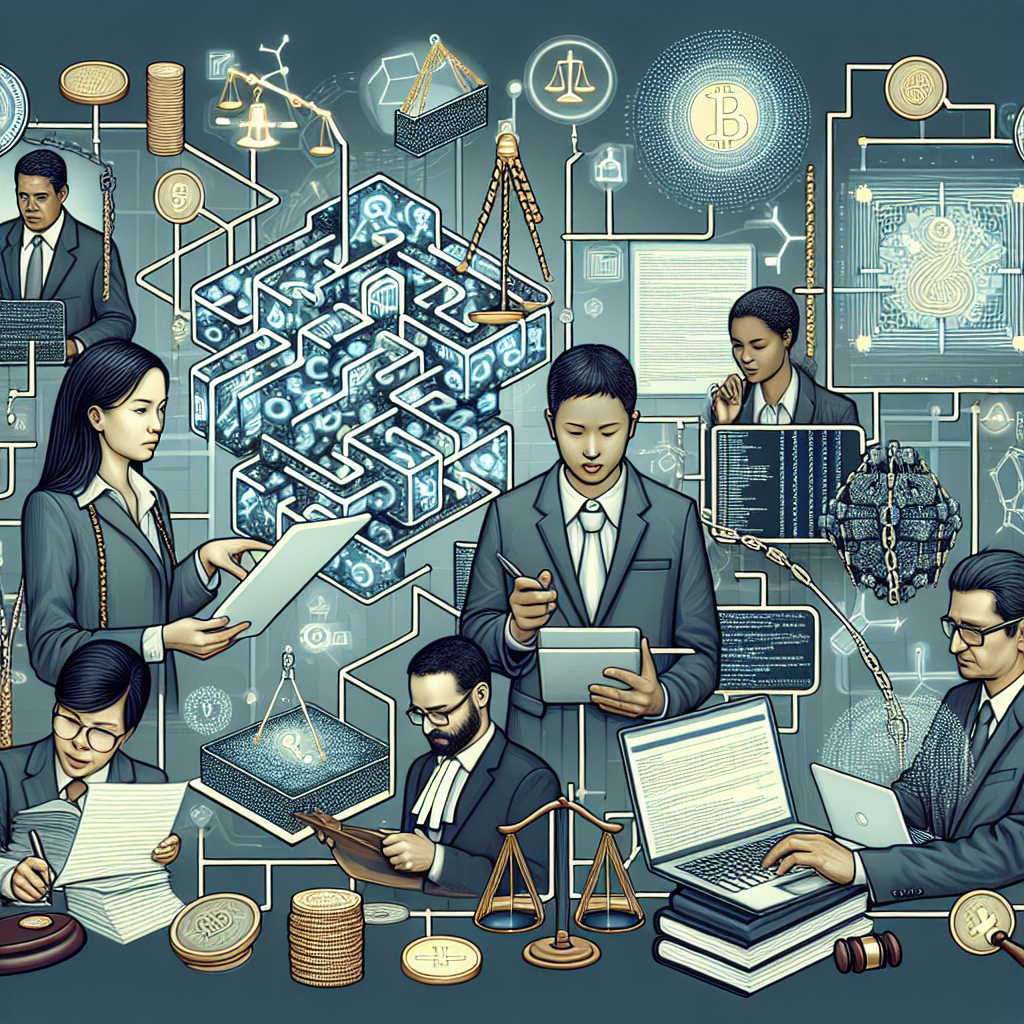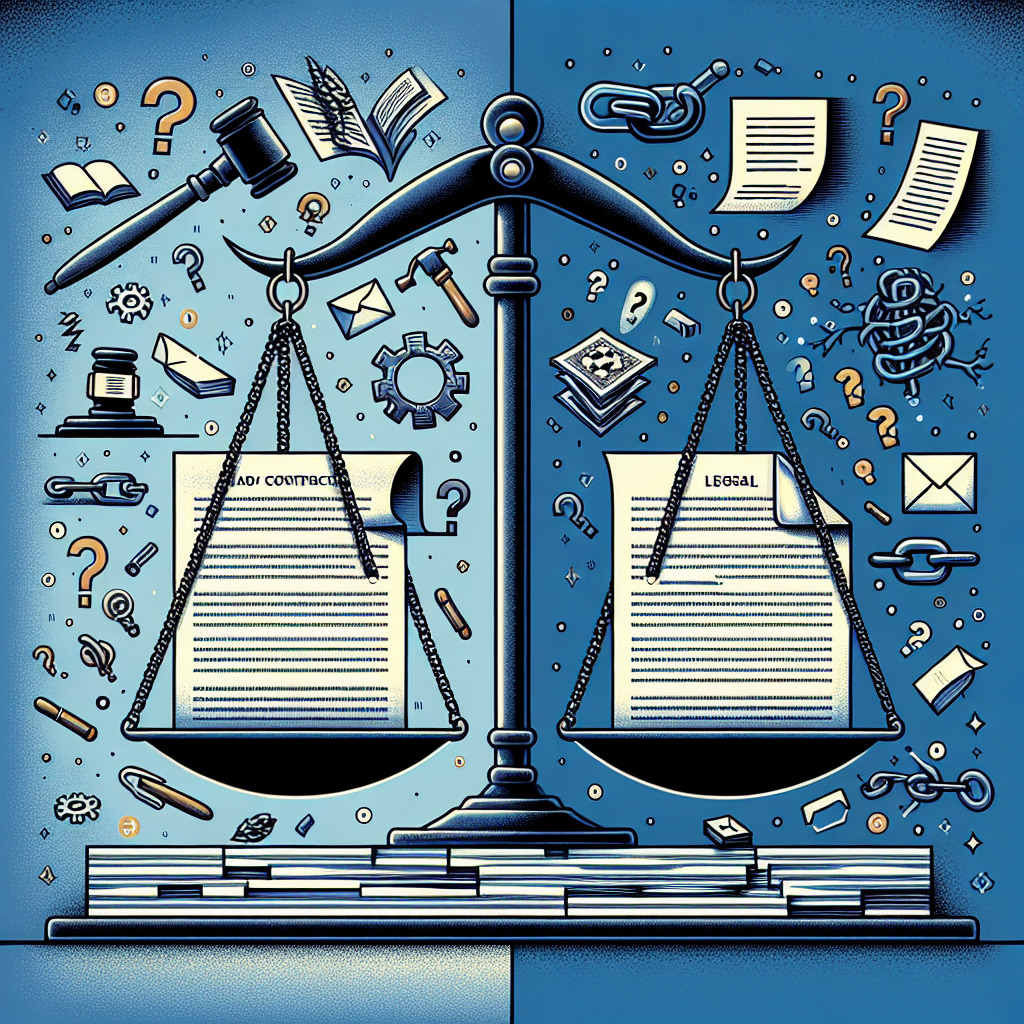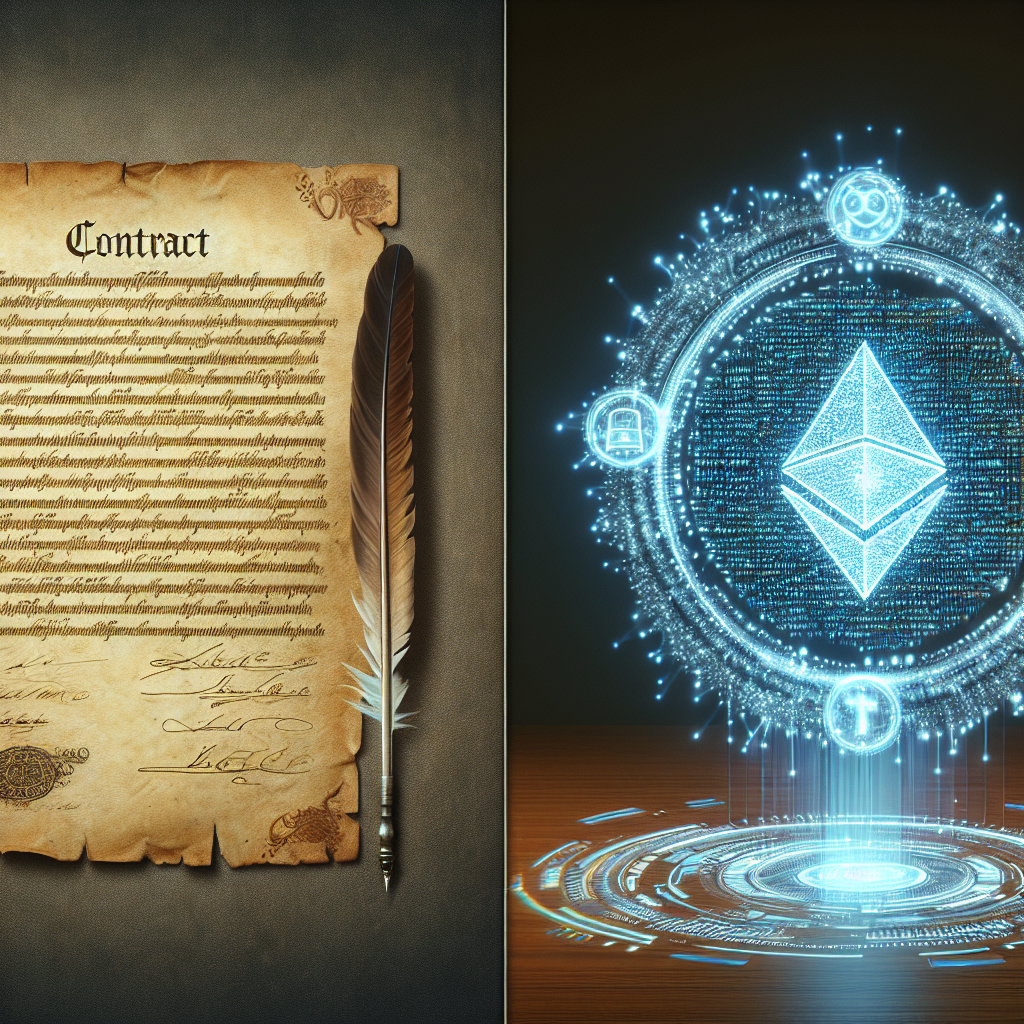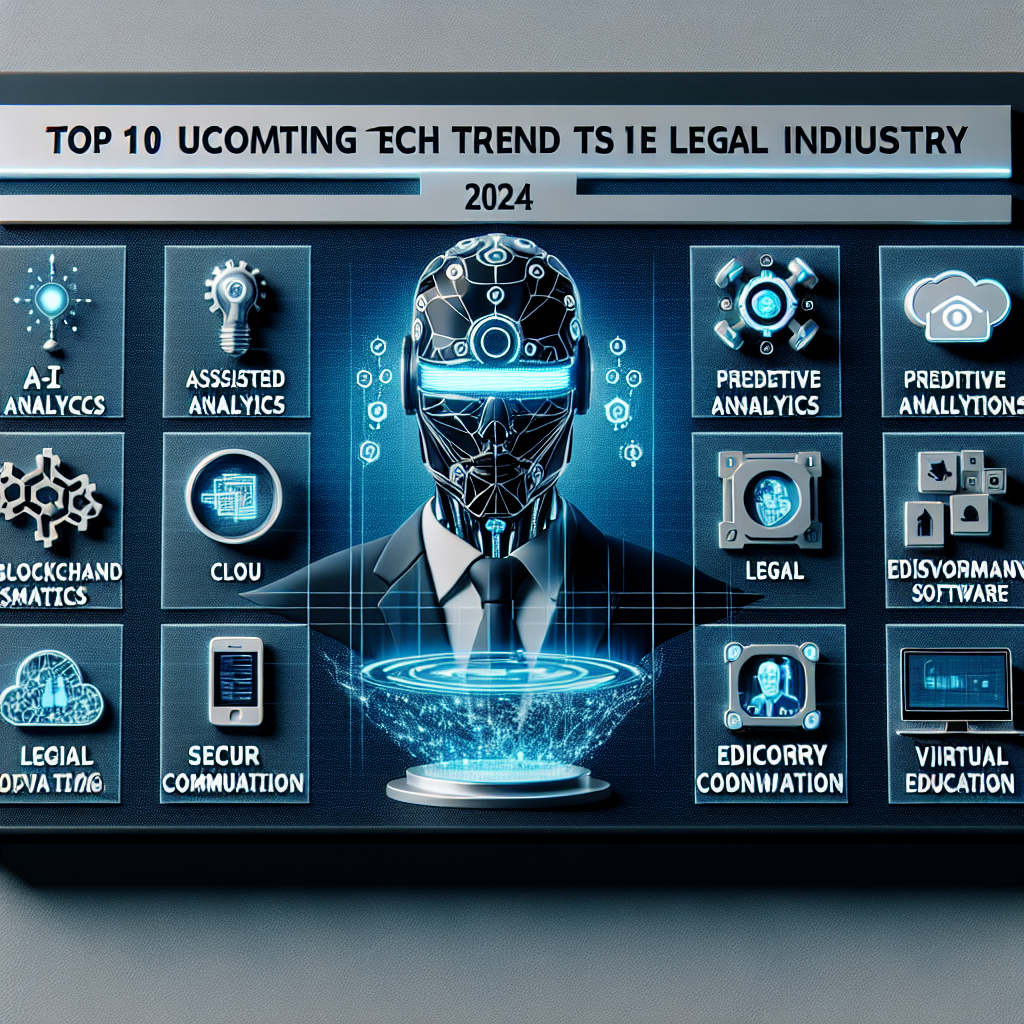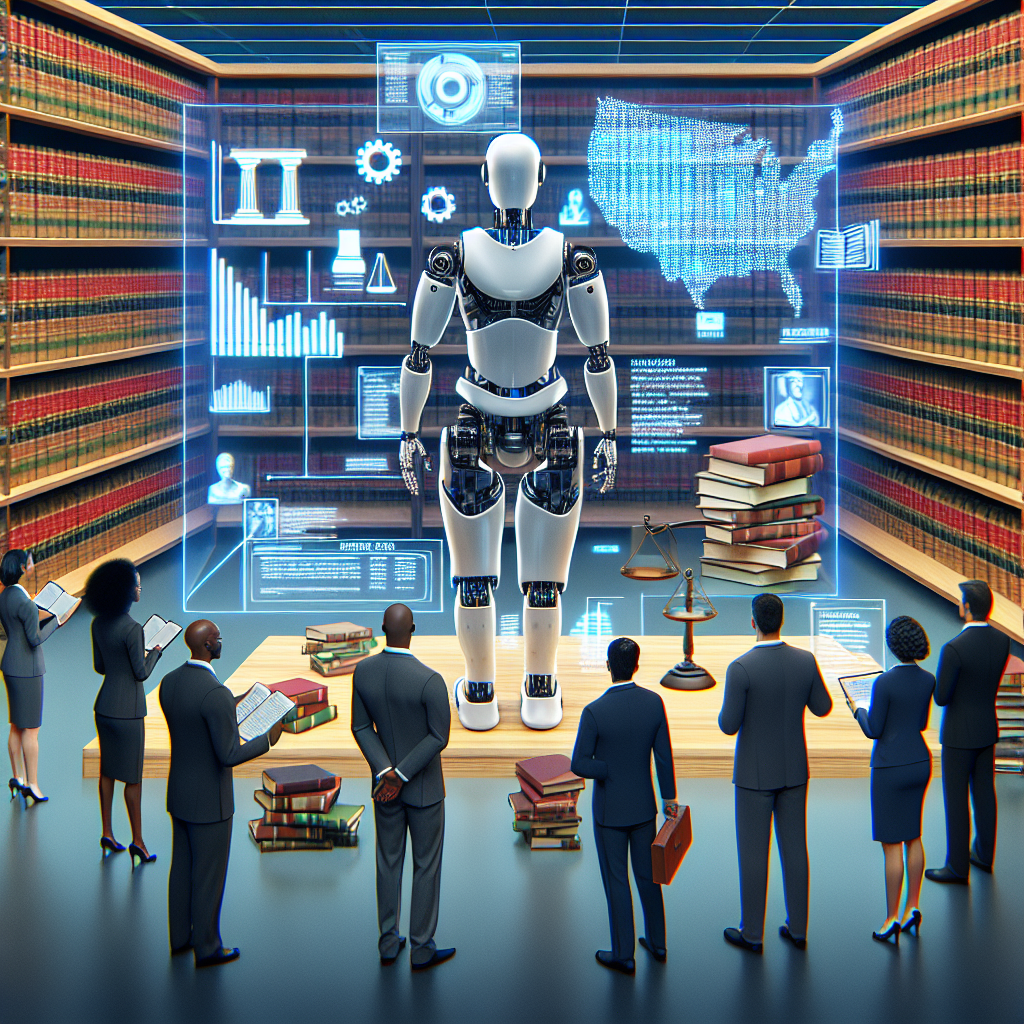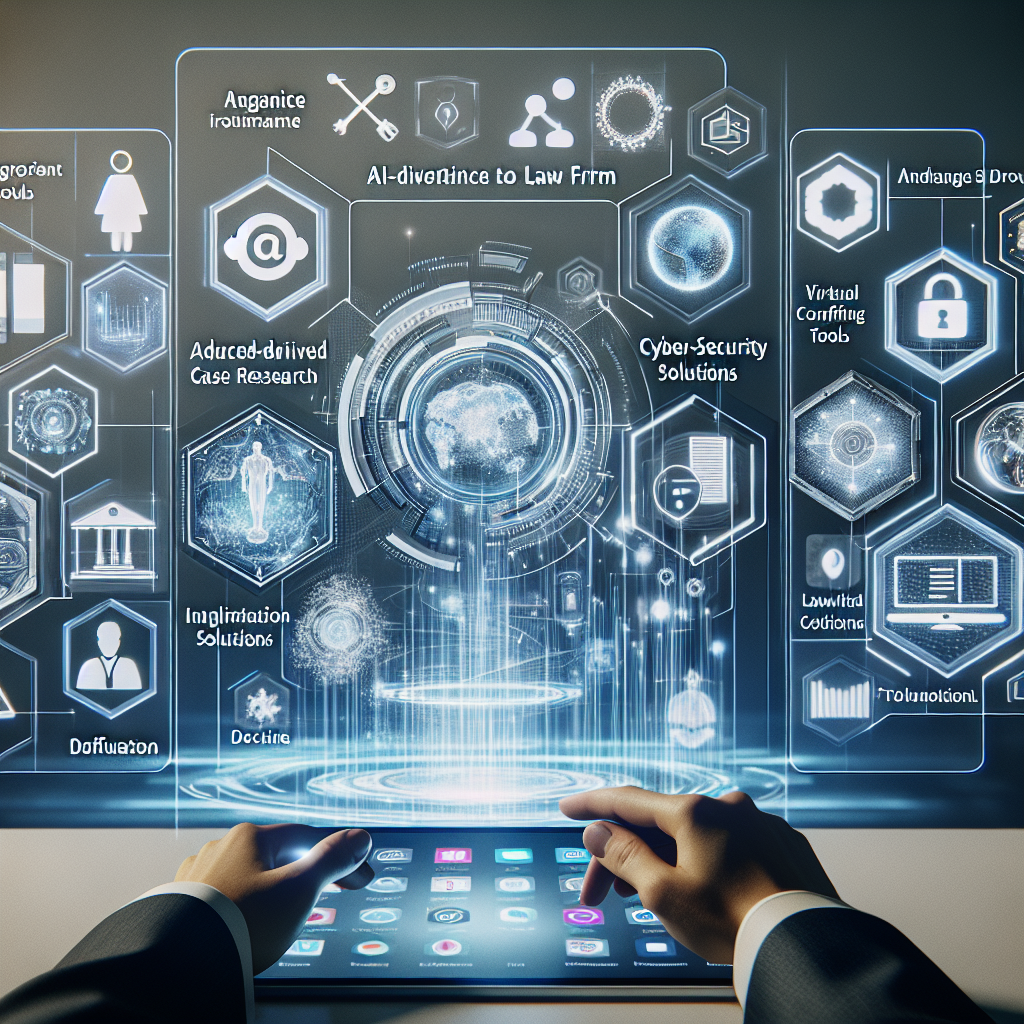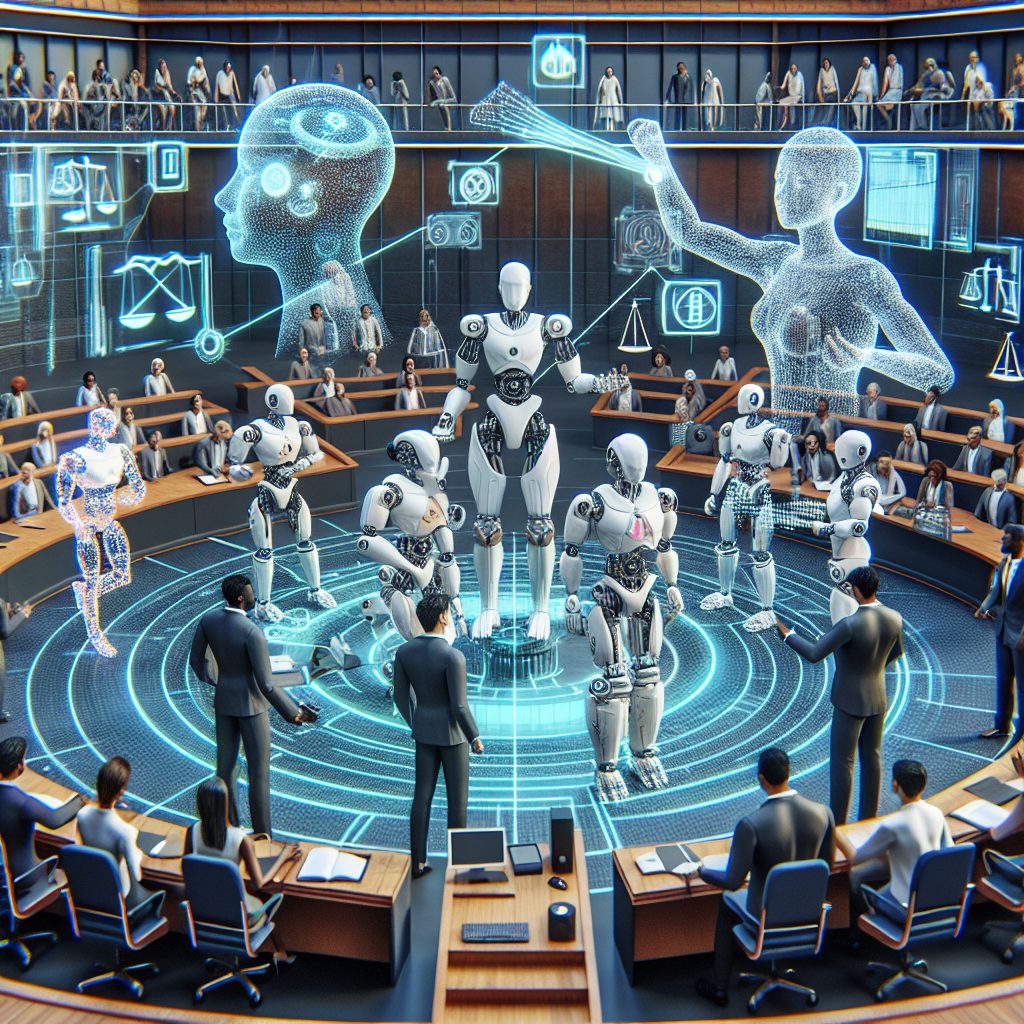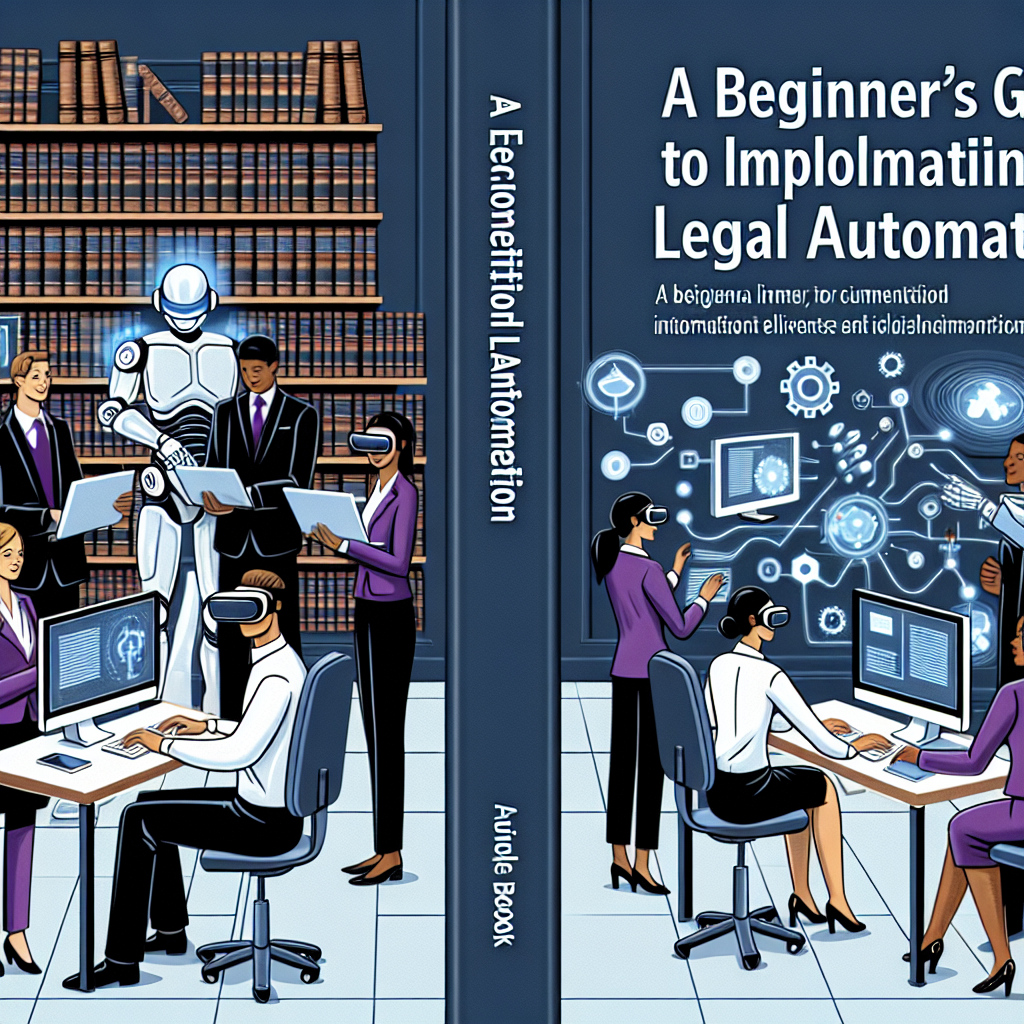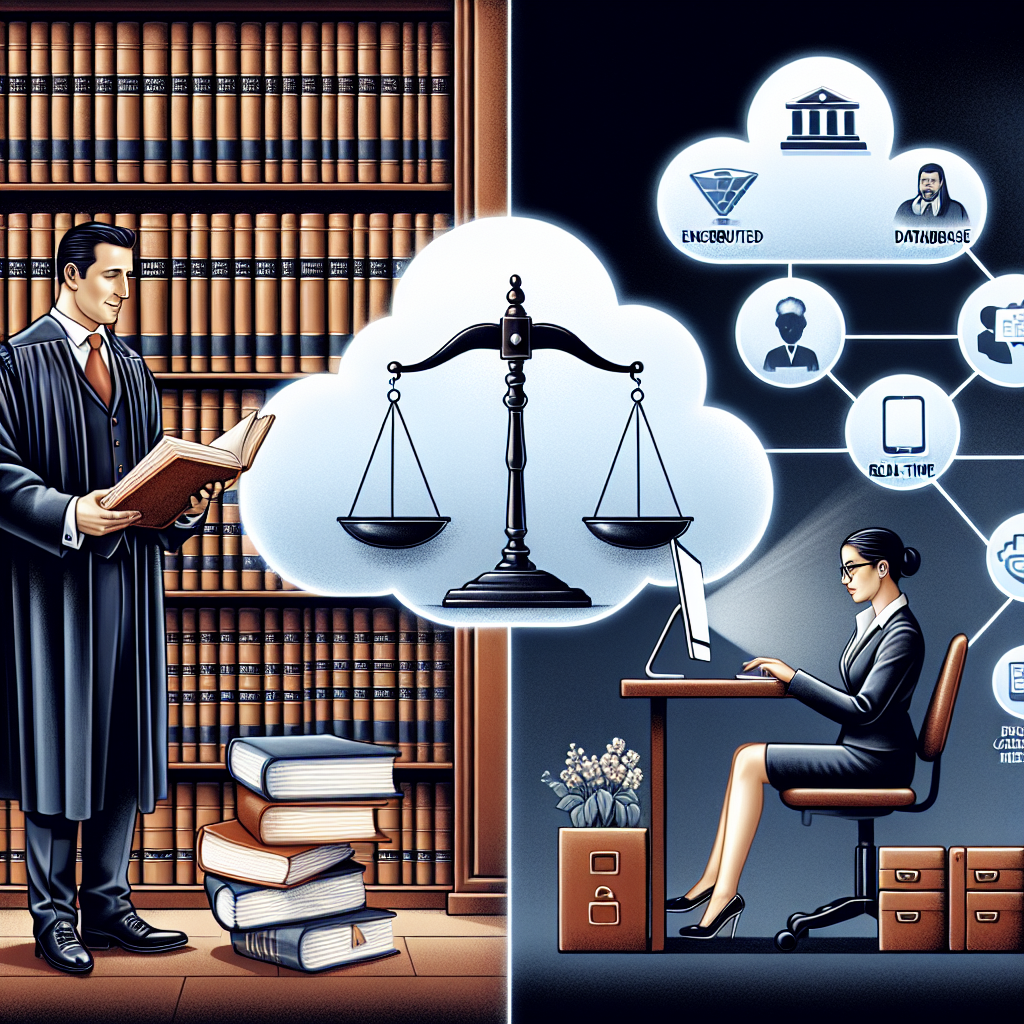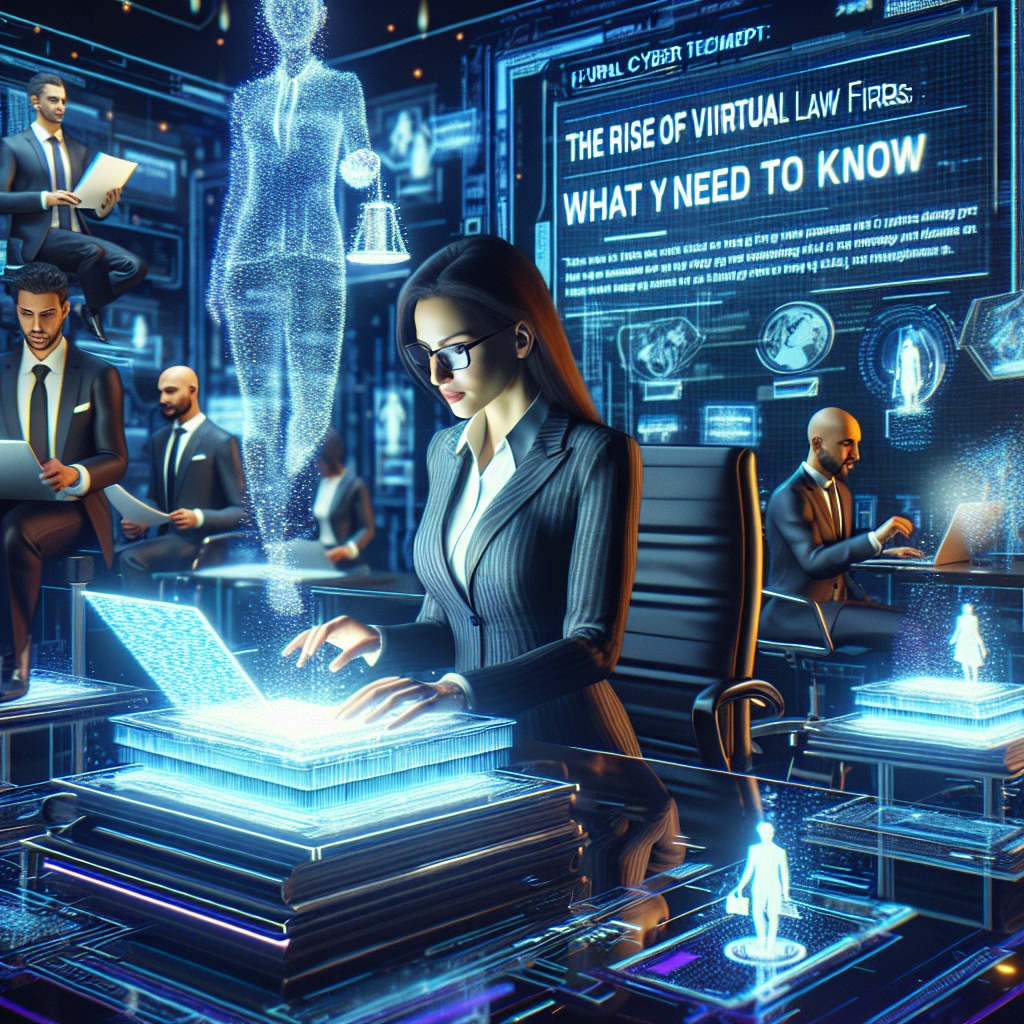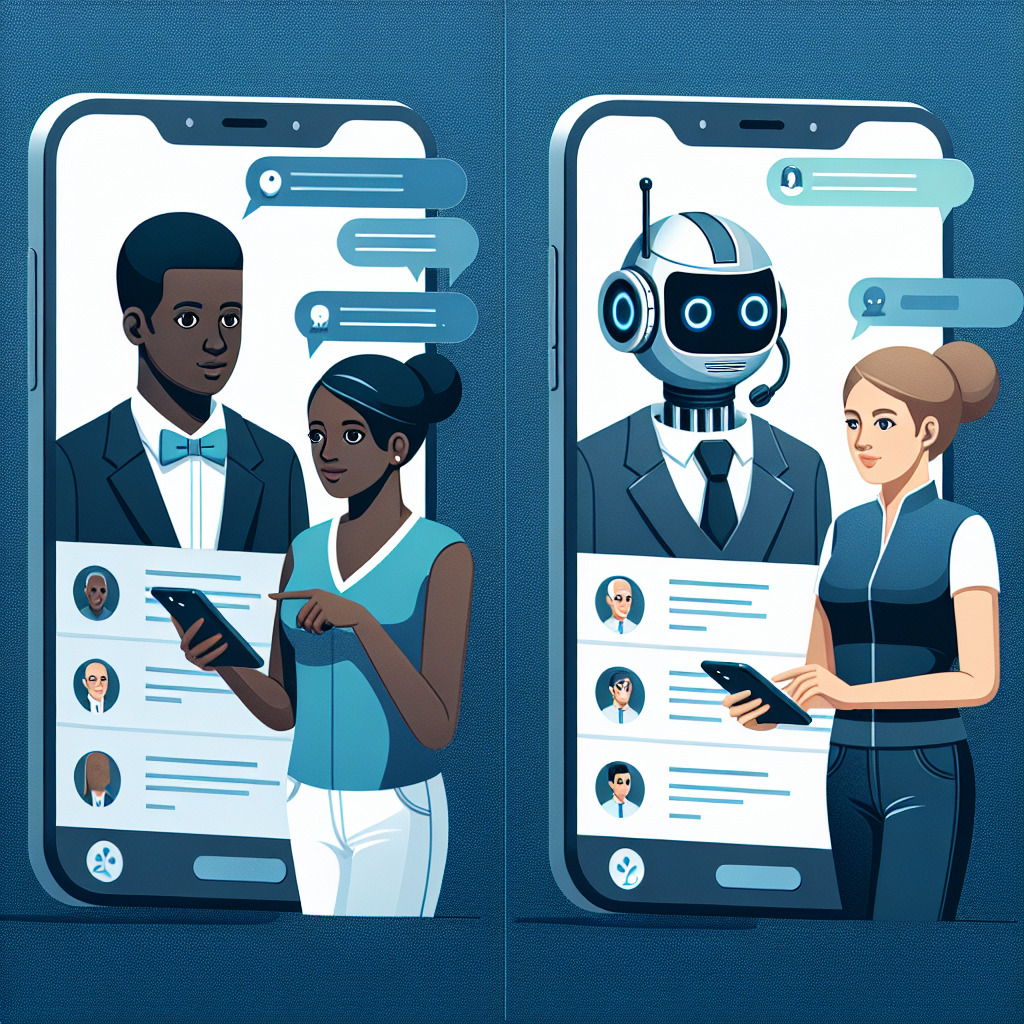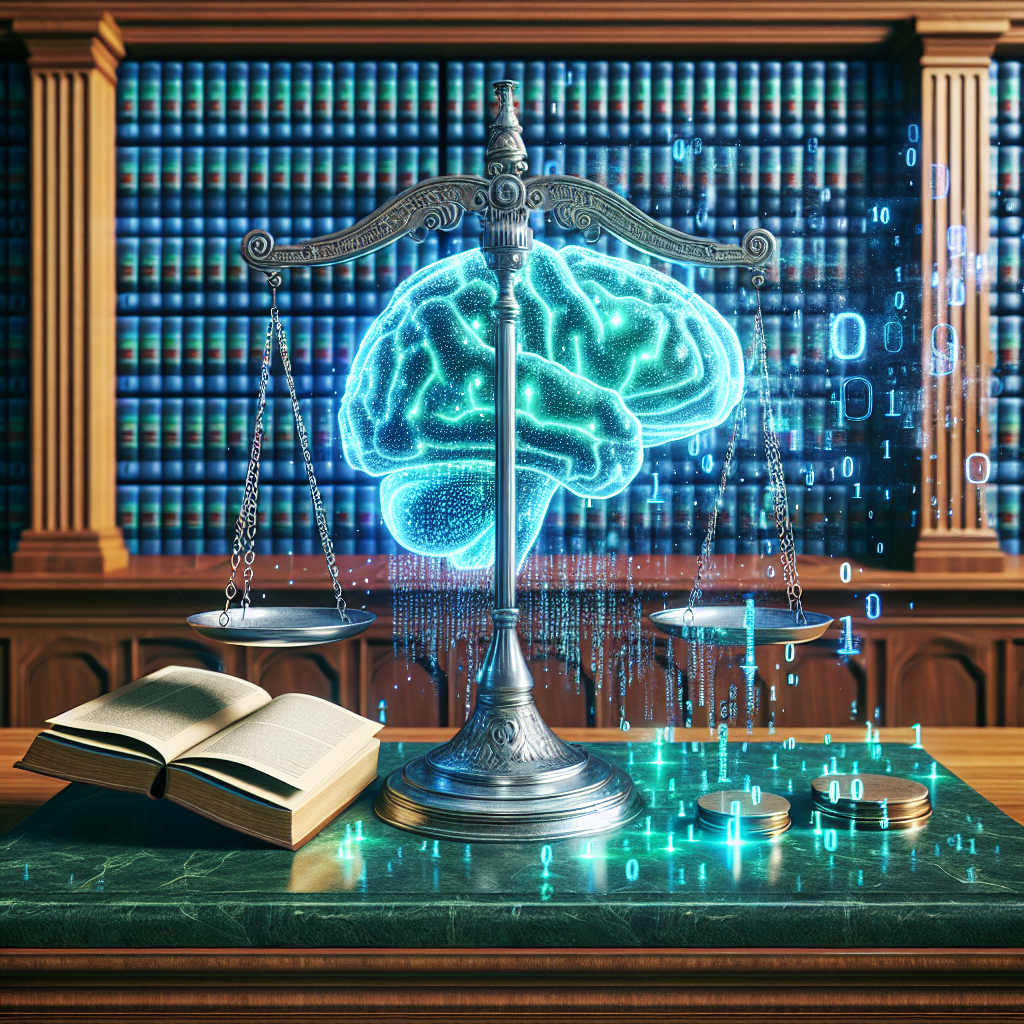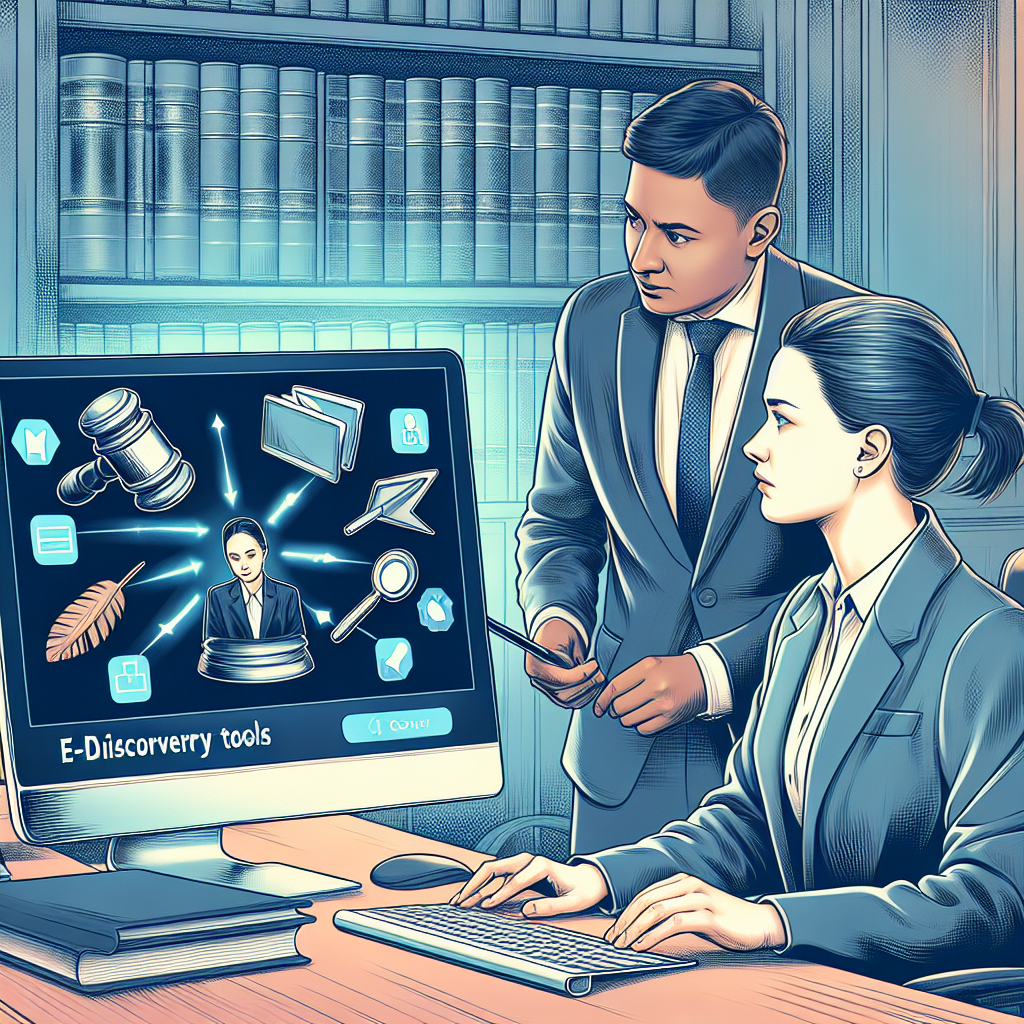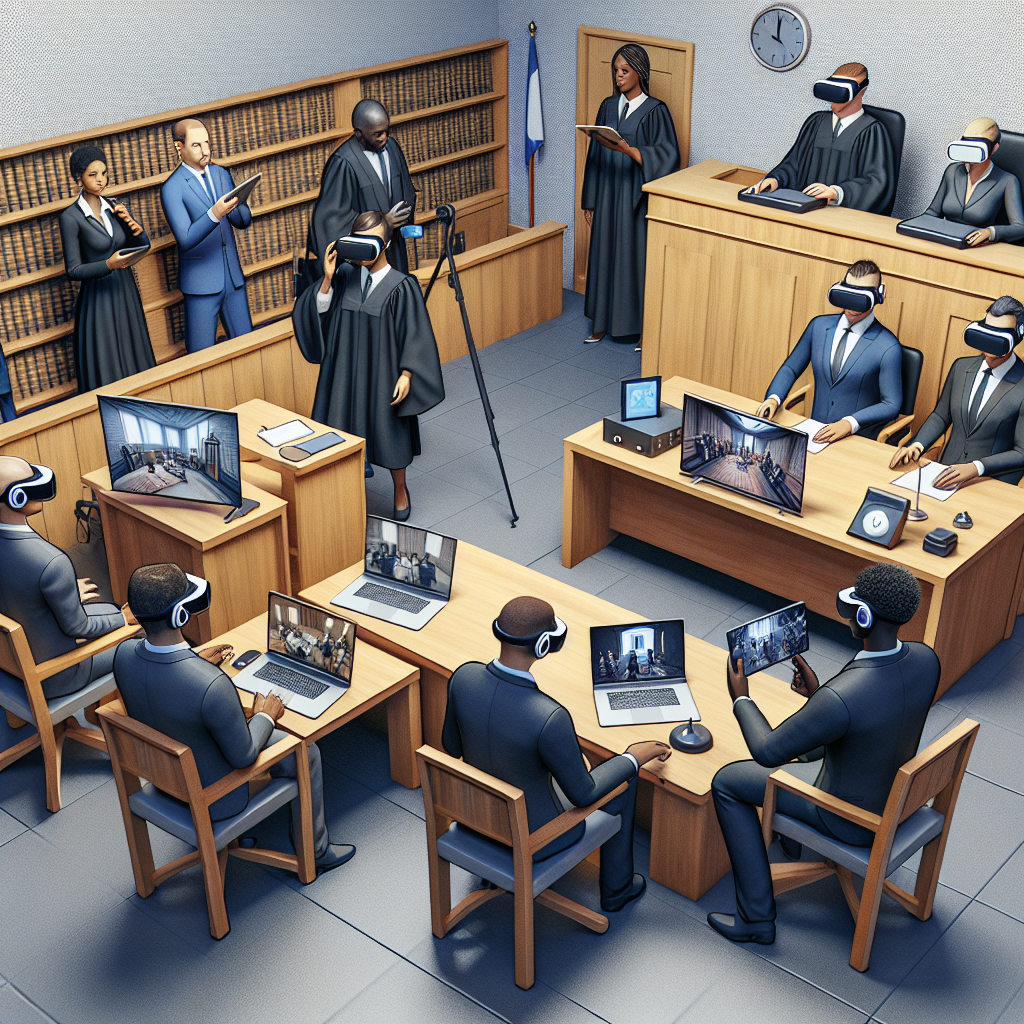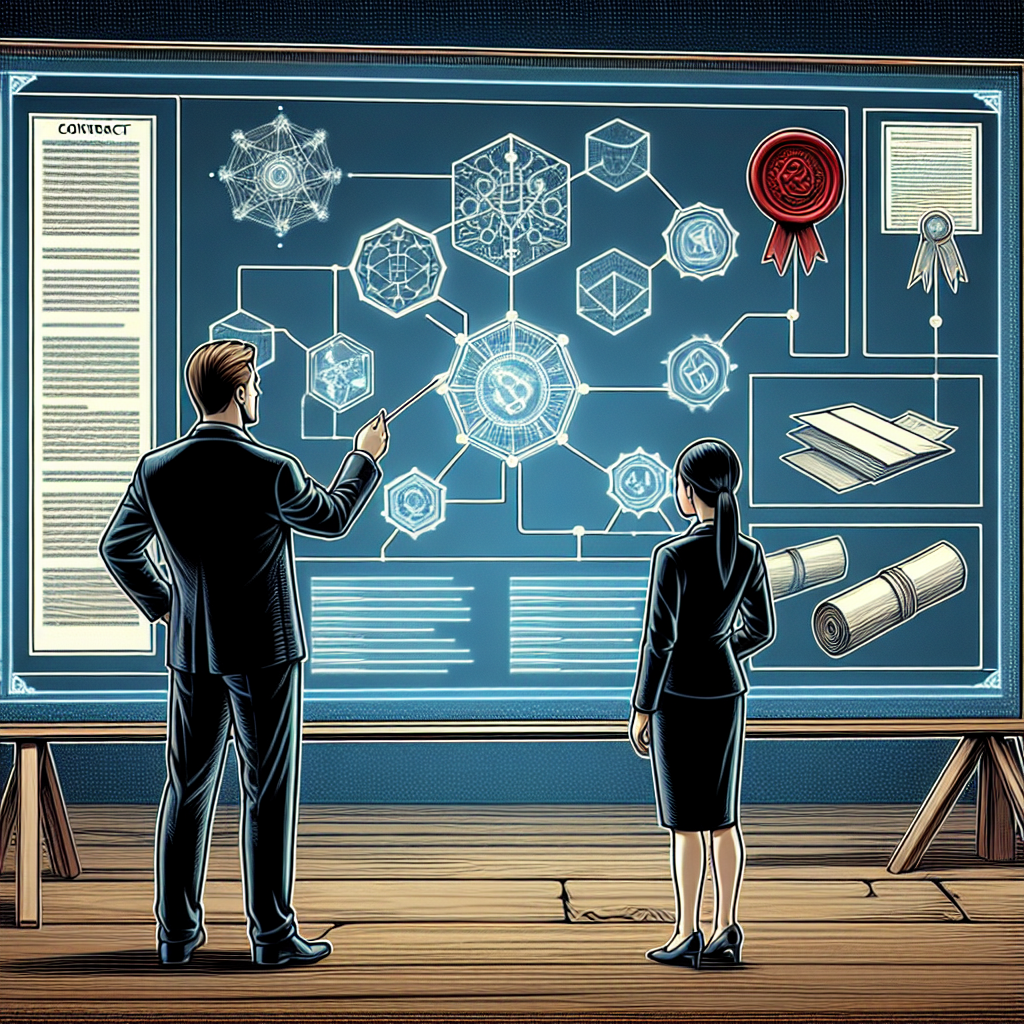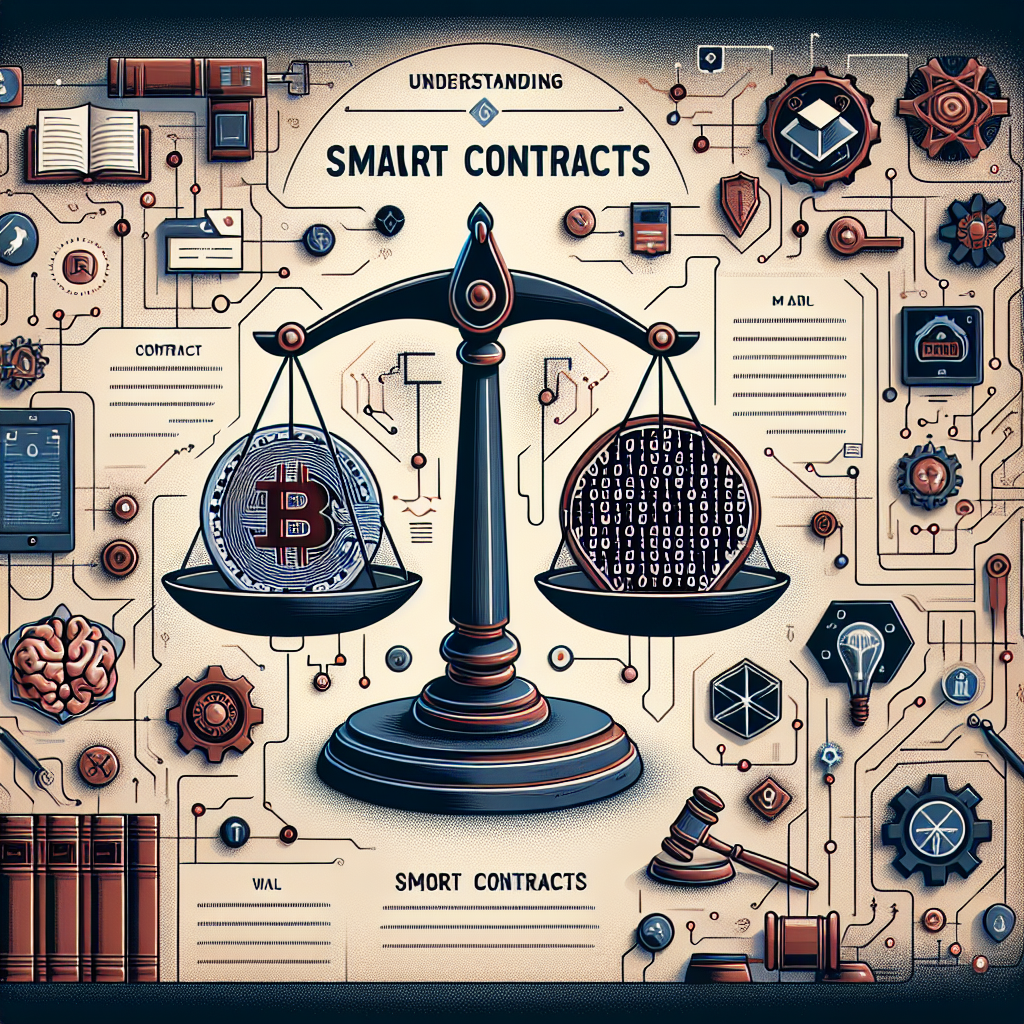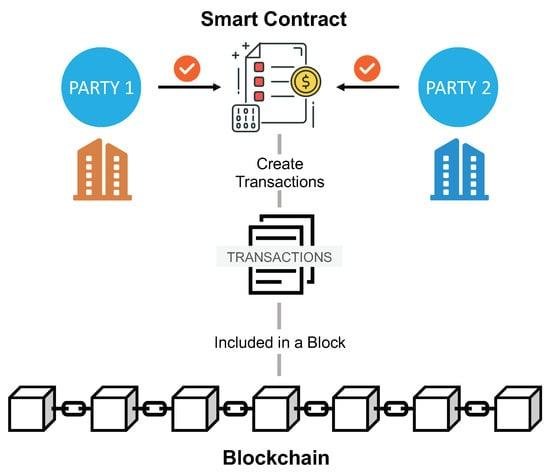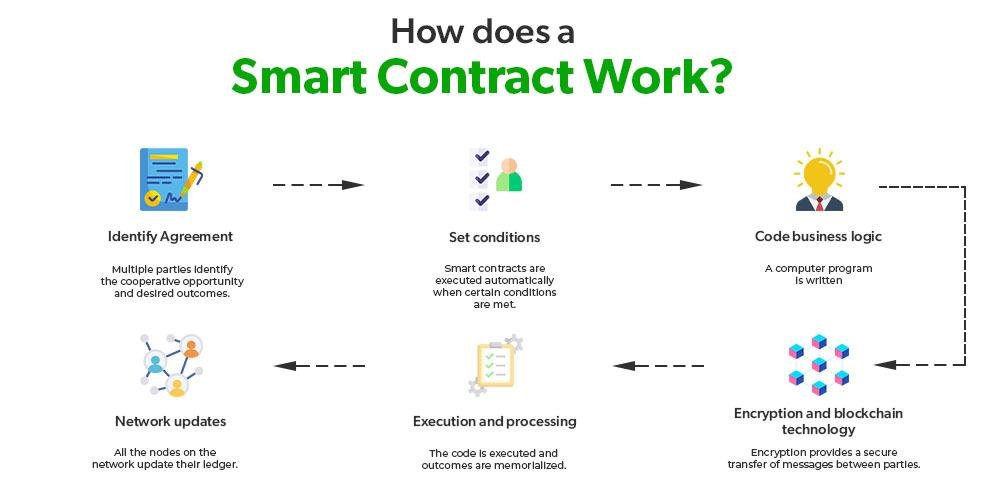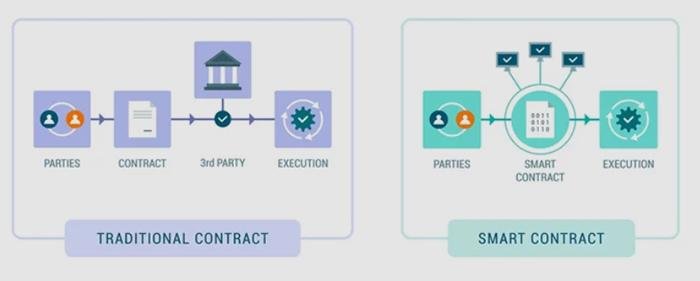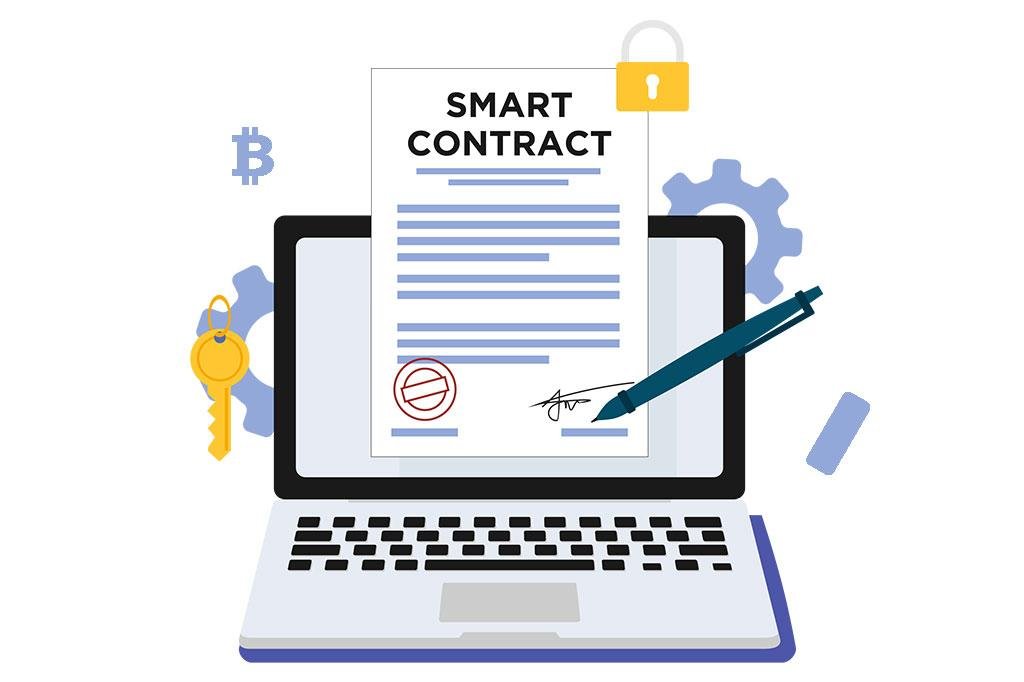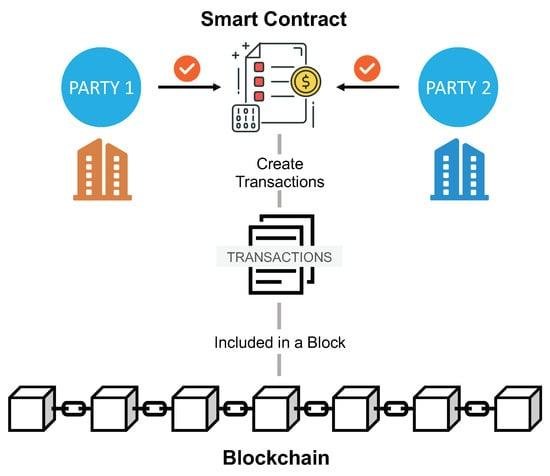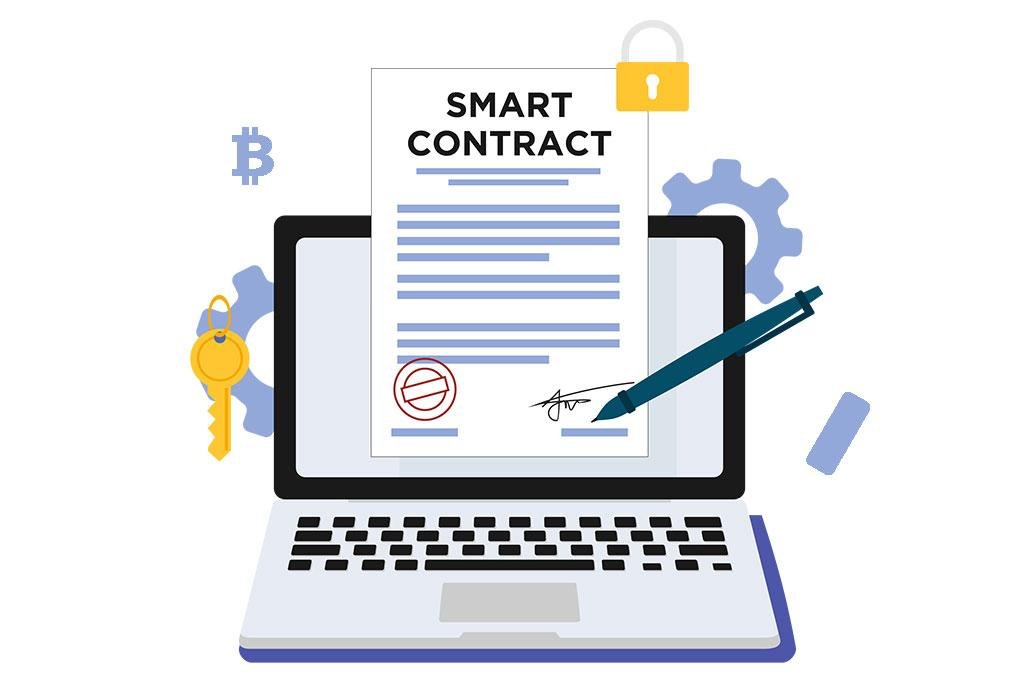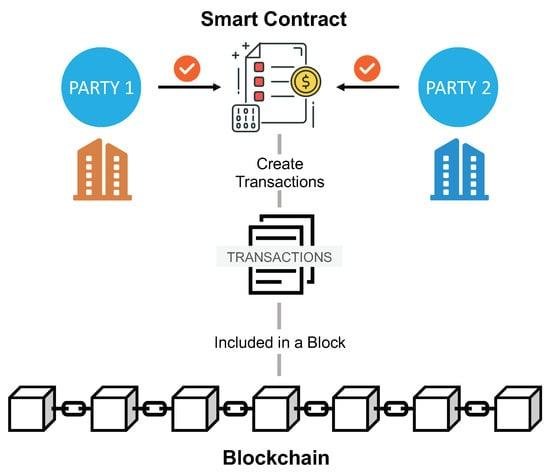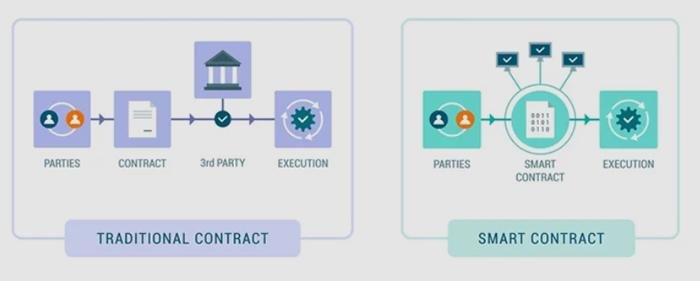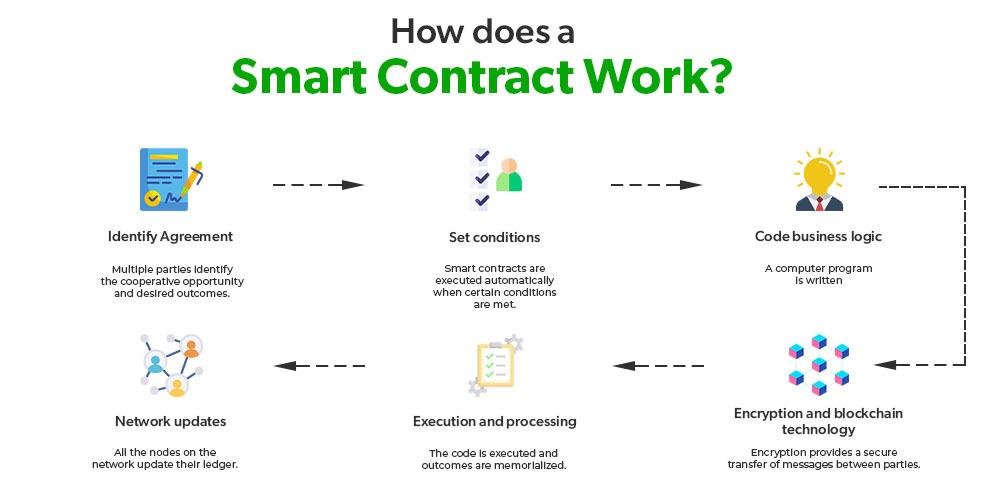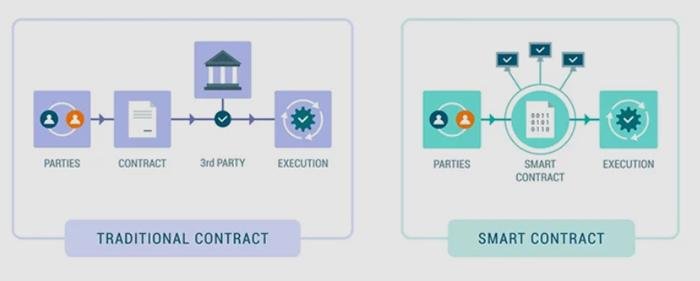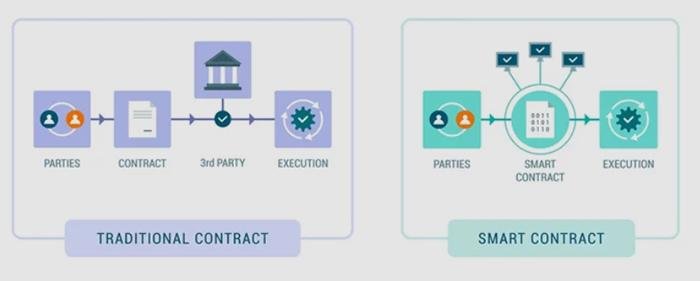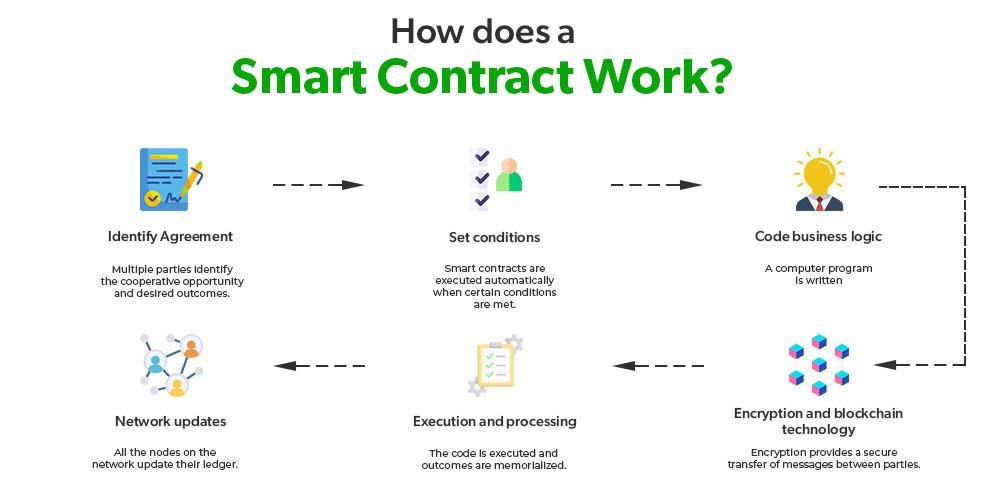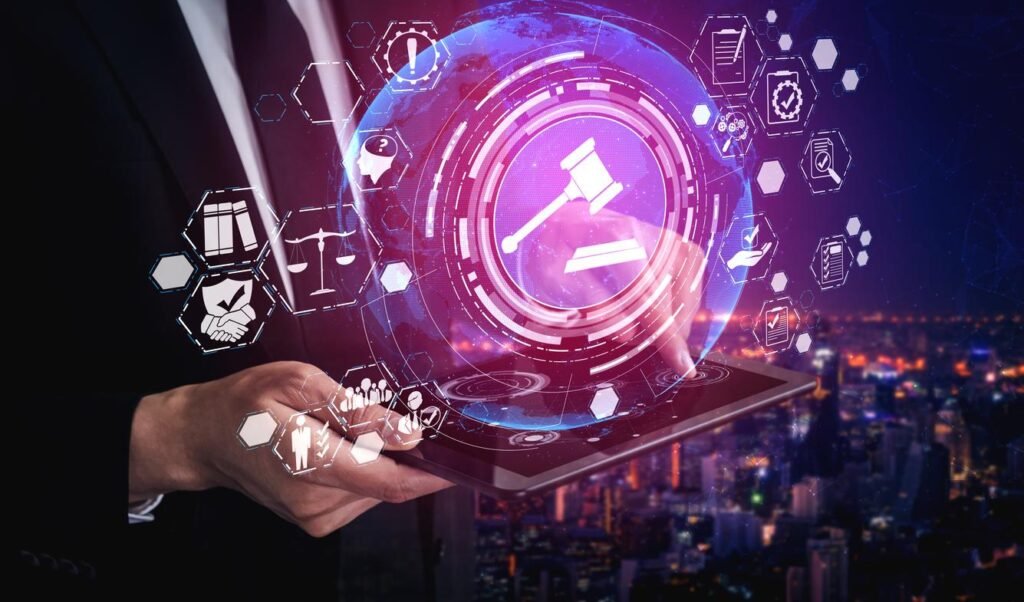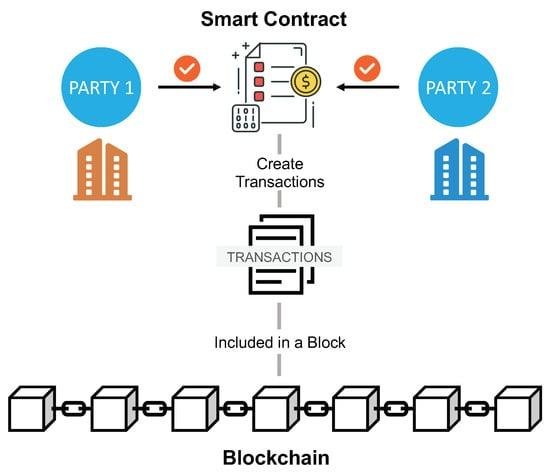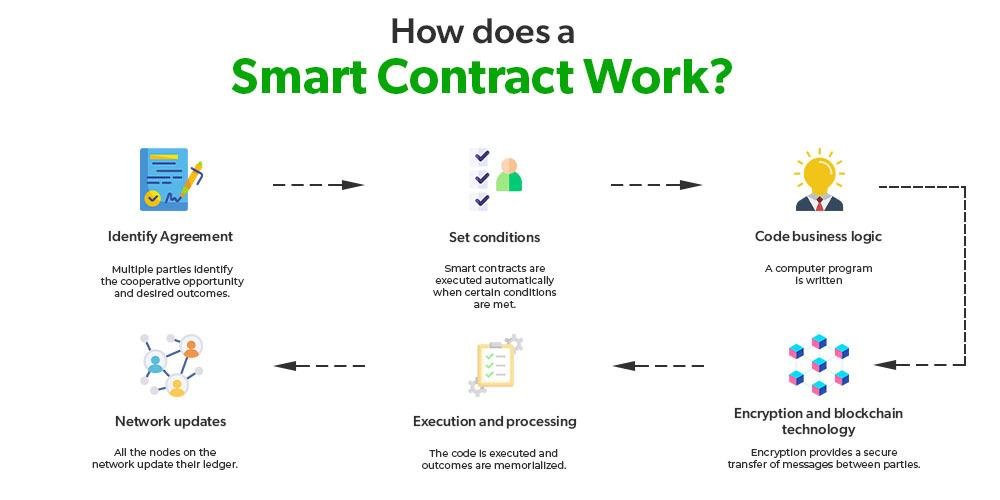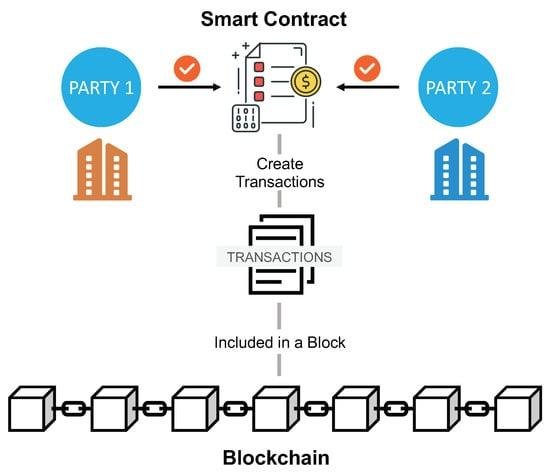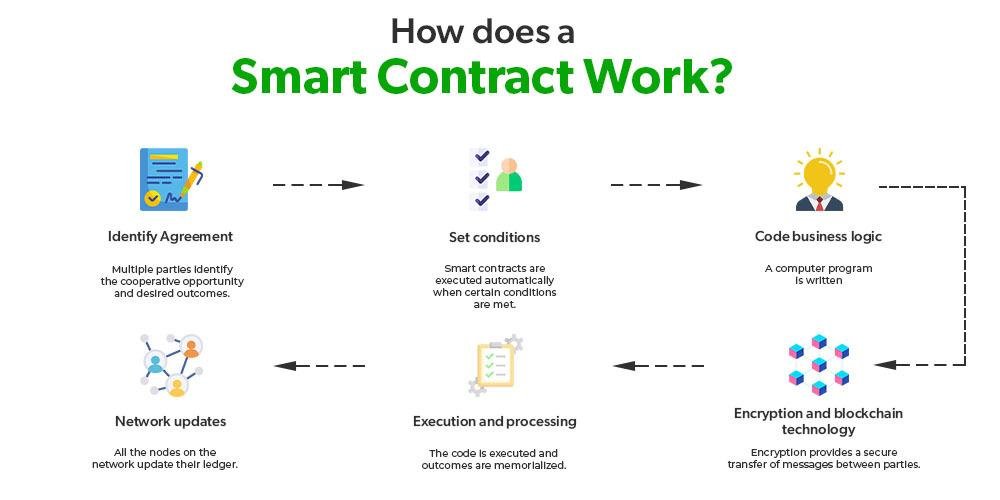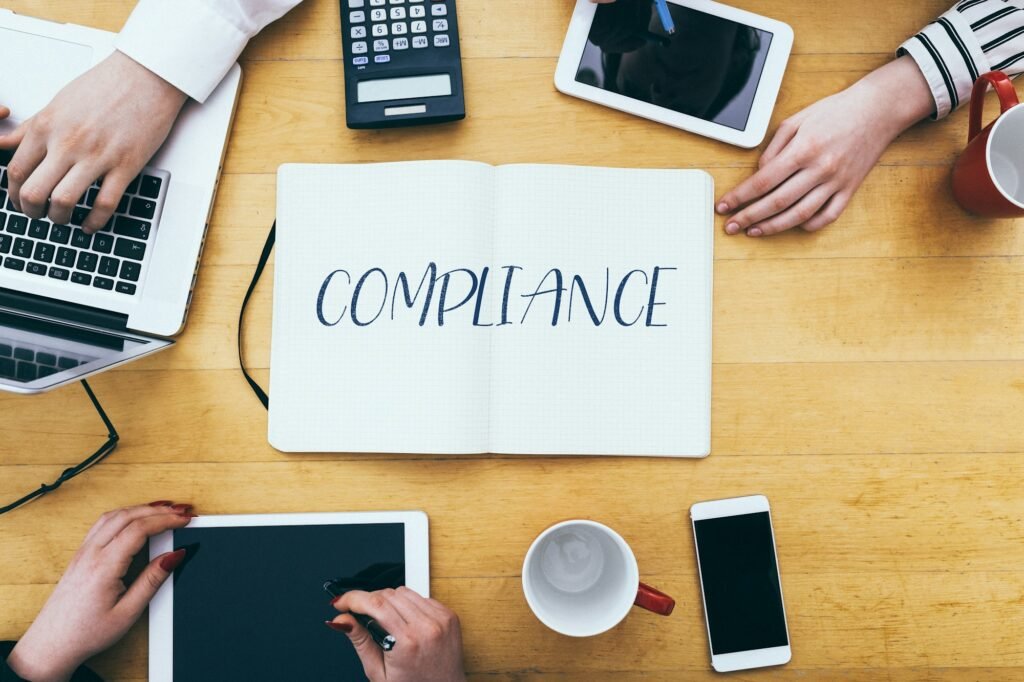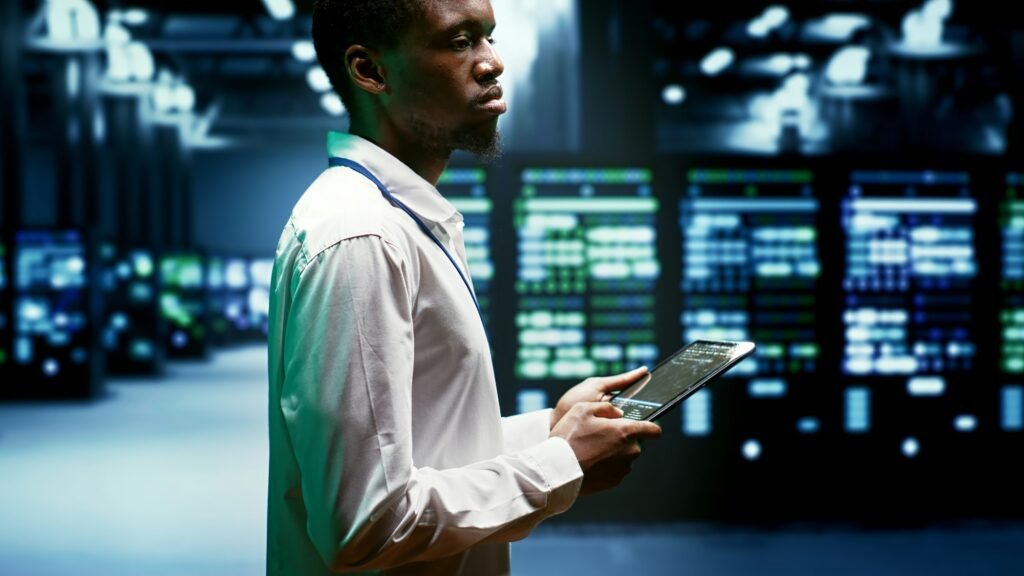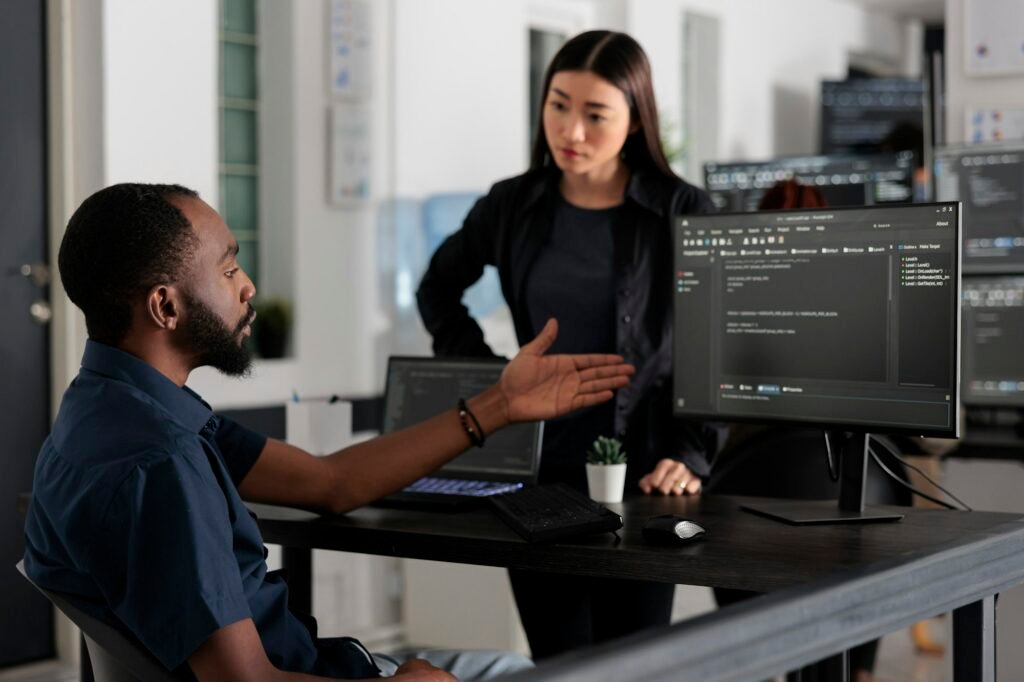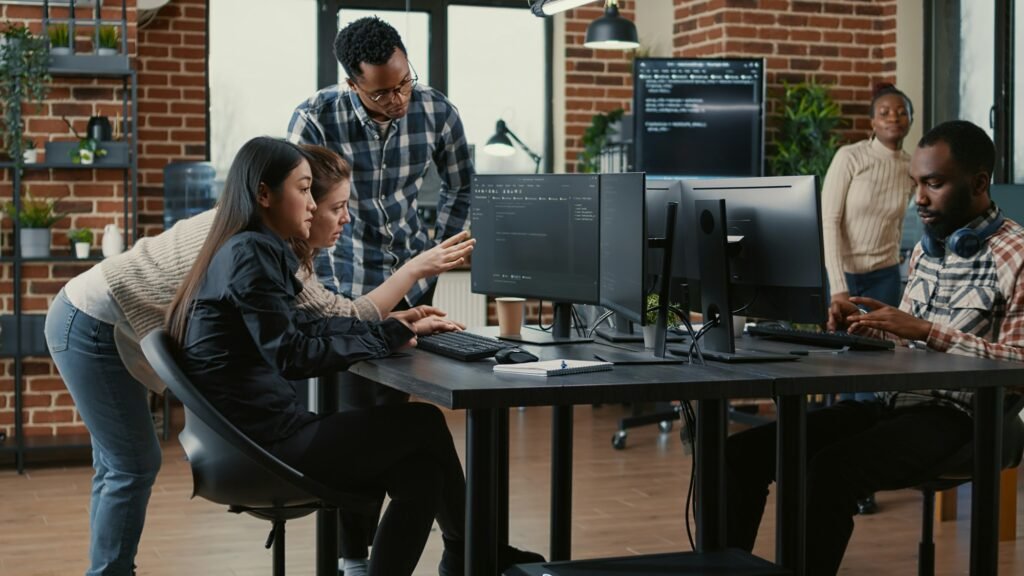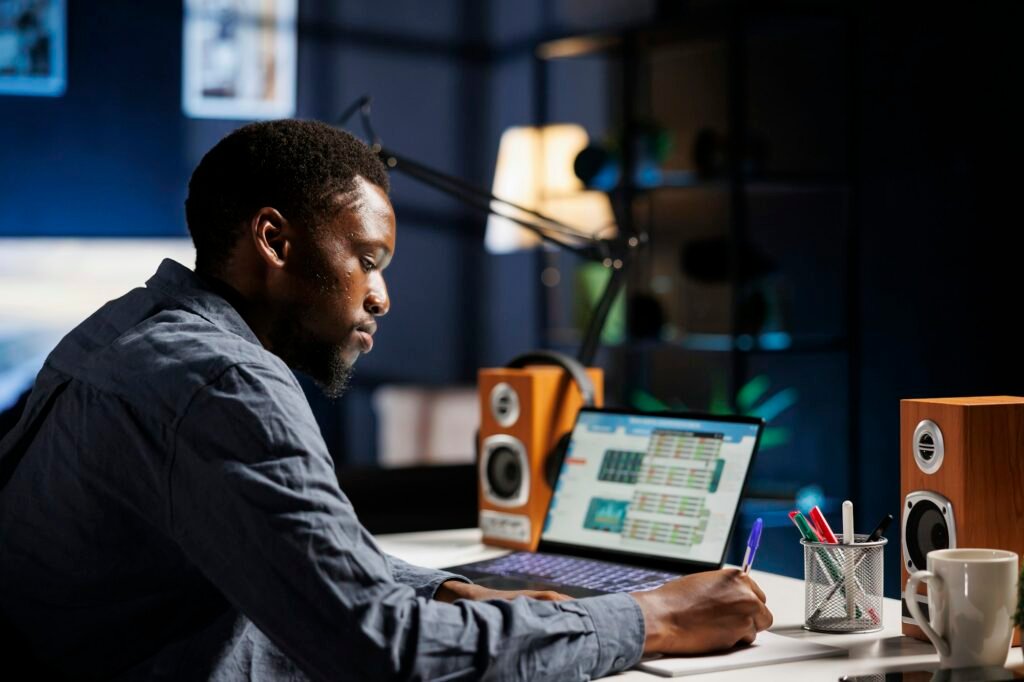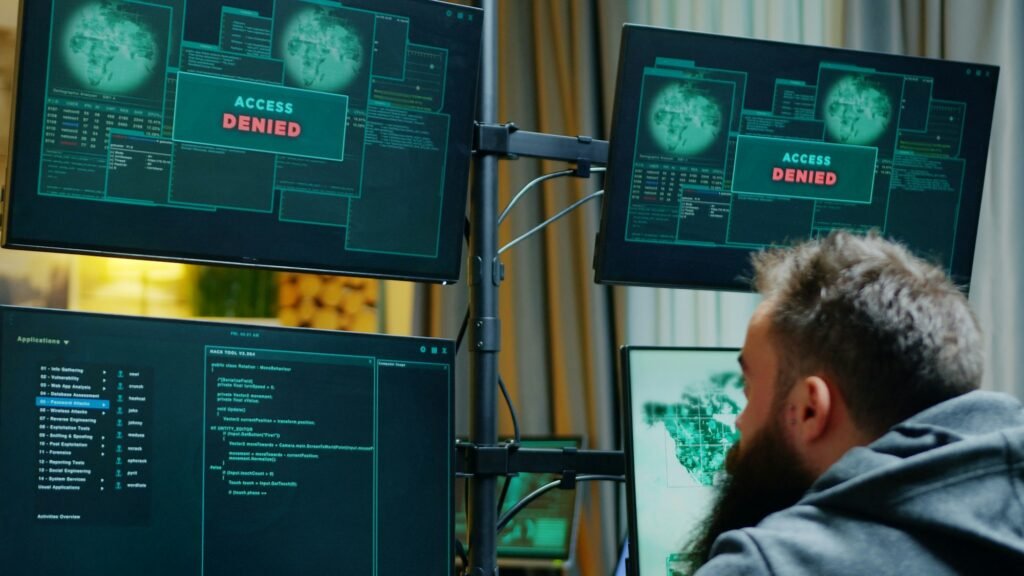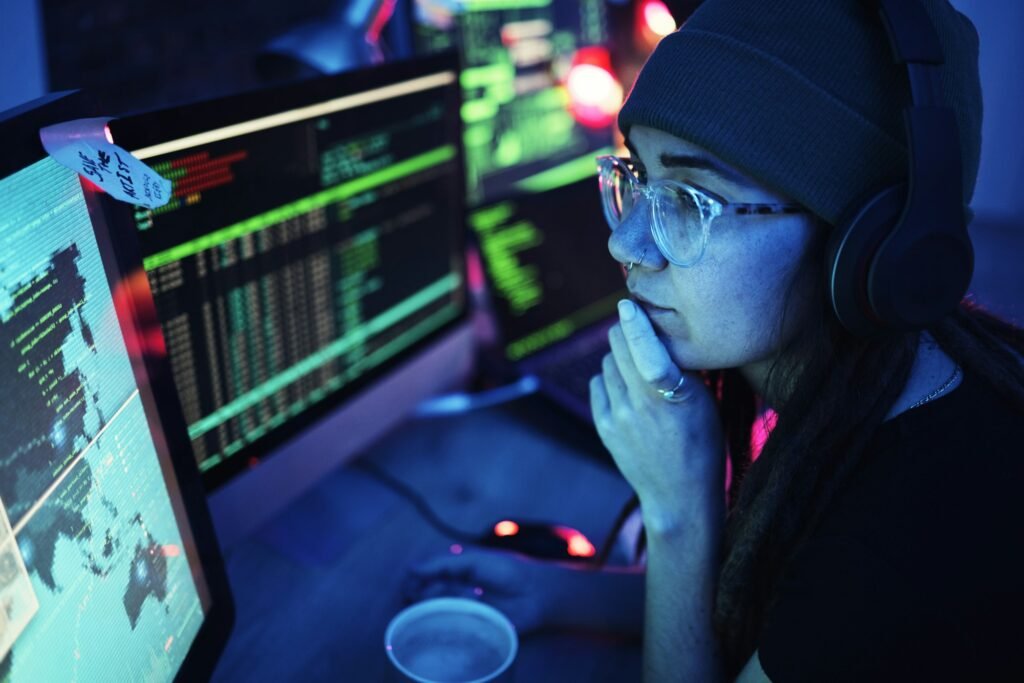How Virtual Reality Is Changing Courtroom Presentations

-
Table of Contents
- Introduction
- Enhancing Jury Engagement Through Immersive Experiences
- Reconstructing Crime Scenes With Virtual Reality
- Improving Witness Testimonies With VR Simulations
- Streamlining Complex Evidence Presentation
- Training Legal Professionals Using Virtual Reality
- Addressing Ethical Concerns in VR Courtroom Use
- Conclusion
Introduction
Virtual reality (VR) is revolutionizing courtroom presentations by offering immersive and interactive experiences that enhance the understanding of complex cases. Traditionally reliant on static evidence and verbal testimony, legal proceedings are now embracing VR technology to create dynamic, three-dimensional reconstructions of crime scenes, accident sites, and other pivotal scenarios. This innovative approach allows jurors, judges, and legal professionals to virtually “walk through” environments, providing a more comprehensive perspective that can clarify intricate details and foster a deeper comprehension of the evidence presented. By simulating real-world conditions and events, VR not only aids in illustrating key aspects of a case but also helps in reducing ambiguities and potential biases that may arise from traditional presentation methods. As VR technology continues to advance, its integration into the legal field promises to transform the way evidence is visualized and interpreted, ultimately contributing to more informed decision-making in the pursuit of justice.
Enhancing Jury Engagement Through Immersive Experiences
In recent years, the integration of virtual reality (VR) technology into courtroom presentations has begun to revolutionize the way legal professionals engage with juries. This innovative approach offers a more immersive experience, allowing jurors to visualize complex scenarios and evidence in a manner that traditional methods simply cannot match. As the legal field continues to evolve, the use of VR in courtrooms is becoming an increasingly valuable tool for enhancing jury engagement and comprehension.
To begin with, virtual reality provides a unique opportunity to present evidence in a three-dimensional space, offering jurors a more comprehensive understanding of the case at hand. For instance, in cases involving crime scenes or accident reconstructions, VR can transport jurors to the exact location, allowing them to explore the environment as if they were physically present. This immersive experience can be particularly beneficial in cases where the spatial relationships between objects or individuals are crucial to understanding the events that transpired. By enabling jurors to “walk through” a scene, VR helps to clarify complex details that might otherwise be lost in two-dimensional photographs or diagrams.
Moreover, virtual reality can be instrumental in presenting expert testimony in a more engaging and accessible manner. Experts can use VR to demonstrate their findings, providing visual and interactive explanations that are easier for jurors to grasp. For example, a medical expert might use VR to illustrate the impact of an injury on a plaintiff’s body, offering a detailed view of the affected area and how it relates to the overall anatomy. This level of detail can help jurors better appreciate the nuances of expert testimony, leading to more informed decision-making.
In addition to enhancing the presentation of evidence and expert testimony, VR can also play a significant role in improving juror retention and recall. Studies have shown that people are more likely to remember information presented in a visually engaging format. By leveraging VR technology, legal teams can create memorable experiences that stick with jurors long after they leave the courtroom. This can be particularly advantageous in lengthy trials, where jurors are required to retain large amounts of information over extended periods.
Furthermore, the use of virtual reality in courtroom presentations can help to level the playing field between parties with differing resources. Smaller firms or individuals who might not have access to extensive physical reconstructions or elaborate visual aids can utilize VR as a cost-effective alternative. This democratization of technology ensures that all parties have the opportunity to present their case in the most compelling manner possible, regardless of their financial standing.
Despite the numerous advantages of incorporating VR into courtroom presentations, it is important to acknowledge the potential challenges and limitations. Ensuring the accuracy and reliability of VR simulations is paramount, as any discrepancies could lead to questions about the credibility of the evidence presented. Additionally, there may be concerns about the potential for VR to unduly influence jurors by creating overly dramatic or emotionally charged experiences. As such, it is crucial for legal professionals to use VR responsibly and ethically, maintaining a focus on factual accuracy and objectivity.
In conclusion, virtual reality is poised to transform courtroom presentations by offering a more immersive and engaging experience for jurors. By enhancing the visualization of evidence, improving expert testimony, and aiding in information retention, VR has the potential to significantly impact the way legal cases are presented and understood. As this technology continues to advance, it will undoubtedly play an increasingly important role in the pursuit of justice, ensuring that jurors are better equipped to make informed decisions.
Reconstructing Crime Scenes With Virtual Reality
In recent years, the integration of virtual reality (VR) technology into courtroom presentations has revolutionized the way legal professionals reconstruct crime scenes. This innovative approach offers a dynamic and immersive experience that traditional methods simply cannot match. By leveraging VR, attorneys and jurors are provided with a more comprehensive understanding of the events in question, thereby enhancing the overall judicial process.
To begin with, virtual reality allows for the meticulous recreation of crime scenes, offering a level of detail and accuracy that is unparalleled. Unlike static photographs or two-dimensional diagrams, VR immerses users in a three-dimensional environment where they can explore the scene from multiple perspectives. This capability is particularly beneficial in complex cases where the spatial relationships between objects and individuals are crucial to understanding the sequence of events. By donning a VR headset, jurors can virtually walk through a crime scene, examining evidence and gaining insights that might otherwise be overlooked.
Moreover, the use of VR in courtroom presentations facilitates a more engaging and interactive experience for jurors. Traditional methods of presenting evidence can often be dry and difficult to follow, especially when dealing with intricate details. However, VR captivates the audience by allowing them to actively participate in the exploration of the crime scene. This engagement not only aids in comprehension but also helps jurors retain information more effectively. As a result, they are better equipped to make informed decisions based on a thorough understanding of the evidence presented.
In addition to enhancing juror comprehension, virtual reality also provides attorneys with a powerful tool for illustrating their arguments. By reconstructing crime scenes in VR, lawyers can visually demonstrate their theories and hypotheses, making abstract concepts more tangible. For instance, in cases involving complex trajectories or timelines, VR can be used to simulate the movement of individuals or objects, providing a clear and concise representation of the events as they unfolded. This visual storytelling can be particularly persuasive, as it allows attorneys to present their case in a manner that is both compelling and easy to grasp.
Furthermore, the adaptability of VR technology means that it can be tailored to suit the specific needs of each case. Crime scenes can be reconstructed with varying levels of detail, depending on the requirements of the legal team. This flexibility ensures that the most pertinent aspects of the scene are highlighted, while extraneous details are minimized. Additionally, VR can be used to recreate different scenarios or hypotheses, allowing attorneys to explore various angles and present alternative interpretations of the evidence.
Despite its many advantages, the use of virtual reality in courtroom presentations is not without its challenges. Concerns regarding the accuracy and reliability of VR reconstructions must be addressed to ensure that they do not inadvertently mislead jurors. It is essential that these digital recreations are based on accurate data and are subject to rigorous verification processes. Moreover, the cost and accessibility of VR technology may pose barriers to its widespread adoption, particularly for smaller legal practices.
In conclusion, virtual reality is transforming the way crime scenes are reconstructed in courtroom presentations, offering a more immersive and engaging experience for jurors and attorneys alike. By providing a detailed and interactive representation of the events in question, VR enhances comprehension and aids in the effective communication of complex information. As this technology continues to evolve, it holds the potential to further refine and improve the judicial process, ensuring that justice is served with greater accuracy and efficiency.
Improving Witness Testimonies With VR Simulations
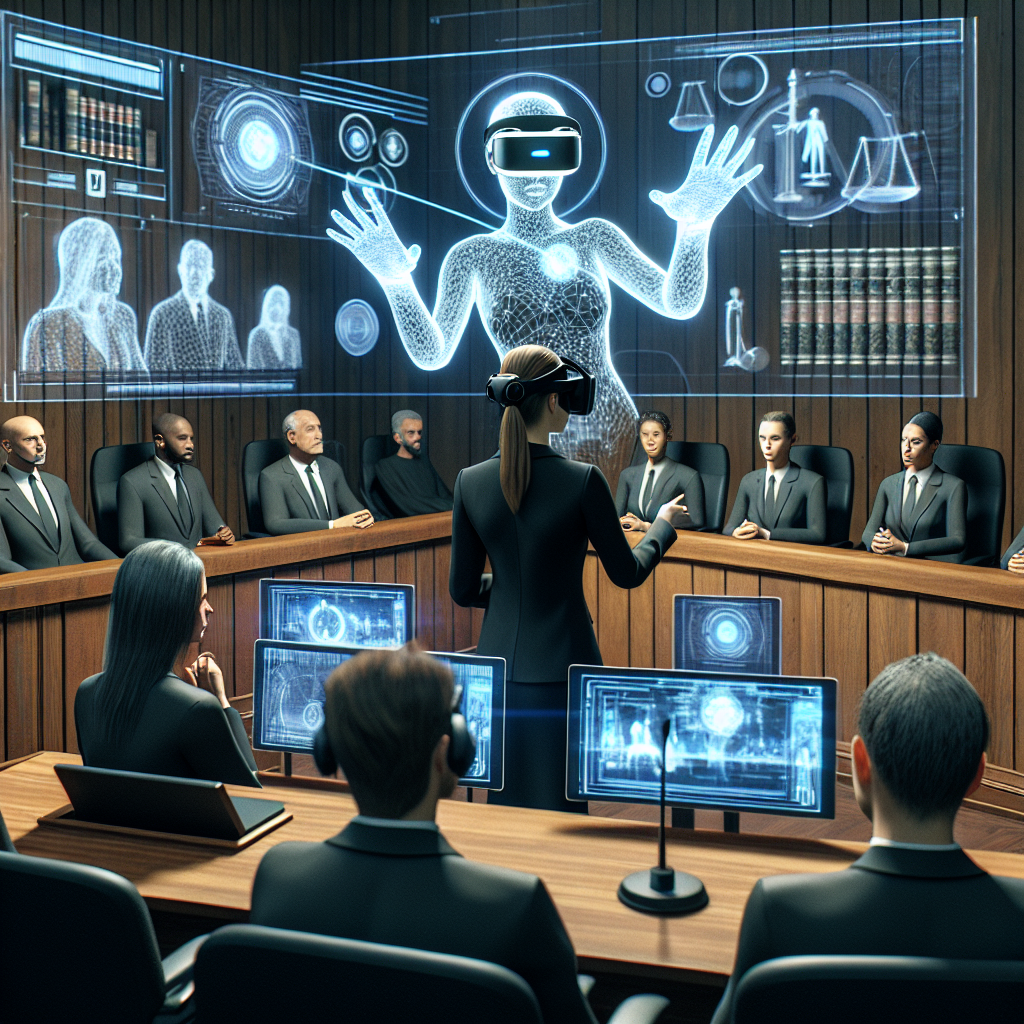
Virtual reality (VR) is revolutionizing various sectors, and the legal field is no exception. One of the most intriguing applications of VR technology in the courtroom is its potential to enhance witness testimonies through immersive simulations. This innovative approach is gradually gaining traction, offering a new dimension to how evidence is presented and perceived. As we delve into this topic, it becomes evident that VR is not merely a technological novelty but a transformative tool that can significantly impact the judicial process.
To begin with, VR simulations provide a unique opportunity to recreate crime scenes with remarkable accuracy. Traditional methods of presenting evidence, such as photographs or diagrams, often fall short in conveying the full scope of a scene. In contrast, VR allows witnesses, jurors, and legal professionals to experience a three-dimensional reconstruction of the environment. This immersive experience can help witnesses recall details more vividly, as they are virtually placed back into the scene. Consequently, their testimonies can become more precise and reliable, reducing the likelihood of misinterpretation or oversight.
Moreover, VR can be instrumental in alleviating the stress and anxiety that witnesses often experience during courtroom proceedings. The intimidating atmosphere of a courtroom can hinder a witness’s ability to provide clear and coherent testimony. By using VR simulations, witnesses can familiarize themselves with the environment beforehand, which can help reduce anxiety and improve their overall performance. This preparatory step can be particularly beneficial for vulnerable witnesses, such as children or individuals with trauma, who may find the traditional courtroom setting overwhelming.
In addition to enhancing witness testimonies, VR simulations offer a more engaging and comprehensible way for jurors to understand complex evidence. Legal cases often involve intricate details that can be challenging to grasp through conventional means. VR can bridge this gap by providing an interactive platform where jurors can explore evidence at their own pace. For instance, in cases involving technical or scientific data, VR can transform abstract concepts into tangible experiences, enabling jurors to make more informed decisions.
Furthermore, the use of VR in courtroom presentations can foster a more equitable legal process. By providing a standardized method of presenting evidence, VR can minimize biases that may arise from varying levels of presentation skills among legal teams. This technology ensures that the focus remains on the evidence itself, rather than the manner in which it is delivered. As a result, all parties involved in a case have an equal opportunity to present their arguments effectively, promoting fairness and justice.
However, the integration of VR into courtroom settings is not without challenges. Concerns regarding the authenticity and accuracy of VR simulations must be addressed to ensure that they do not inadvertently distort the truth. Additionally, the legal system must establish clear guidelines and standards for the use of VR to prevent potential misuse or manipulation. Despite these challenges, the potential benefits of VR in improving witness testimonies and courtroom presentations are undeniable.
In conclusion, virtual reality is poised to become a powerful tool in the legal arena, offering a new way to enhance witness testimonies and present evidence. By providing immersive and accurate simulations, VR can improve the clarity and reliability of testimonies, reduce witness anxiety, and facilitate a more equitable legal process. As the technology continues to evolve, it is essential for the legal community to embrace and adapt to these changes, ensuring that justice is served in the most effective and fair manner possible.
Streamlining Complex Evidence Presentation
In recent years, the integration of virtual reality (VR) technology into courtroom presentations has revolutionized the way complex evidence is presented, offering a more immersive and comprehensible experience for judges and juries. Traditionally, legal professionals have relied on static images, diagrams, and verbal descriptions to convey intricate details of a case. However, these methods often fall short in effectively communicating the nuances of complex evidence, particularly in cases involving intricate crime scenes, detailed accident reconstructions, or multifaceted technical data. Virtual reality, with its ability to create three-dimensional, interactive environments, provides a transformative solution to these challenges.
One of the most significant advantages of using VR in courtroom presentations is its capacity to create a more engaging and intuitive understanding of evidence. By immersing the viewer in a virtual environment, VR allows judges and juries to experience a scene as if they were physically present. This immersive experience can be particularly beneficial in cases where spatial relationships and environmental context are crucial to understanding the evidence. For instance, in a case involving a complex crime scene, VR can recreate the environment in detail, allowing the jury to explore the scene from multiple perspectives and gain a clearer understanding of the events that transpired.
Moreover, virtual reality can streamline the presentation of technical and scientific evidence, which often involves complex data that can be difficult to interpret through traditional means. By visualizing data in a three-dimensional space, VR can make abstract concepts more tangible and accessible. For example, in a patent dispute involving intricate machinery, VR can simulate the operation of the machinery, demonstrating its functionality and design in a way that is both comprehensive and easily digestible. This not only aids in the comprehension of the evidence but also enhances the persuasiveness of the argument being presented.
In addition to enhancing understanding, VR can also improve the efficiency of courtroom proceedings. By providing a clear and concise presentation of evidence, VR can reduce the time needed for explanations and clarifications, allowing for a more streamlined trial process. This efficiency is particularly valuable in complex cases that involve voluminous evidence, where traditional methods of presentation can be time-consuming and cumbersome. Furthermore, VR can facilitate remote participation, enabling expert witnesses to provide testimony and demonstrations from afar, thus saving time and resources.
Despite its numerous advantages, the adoption of virtual reality in courtroom presentations is not without challenges. Concerns regarding the accuracy and reliability of VR simulations must be addressed to ensure that they do not inadvertently mislead or bias the jury. Additionally, the legal community must grapple with questions of accessibility and cost, as the implementation of VR technology requires significant investment in both hardware and software. However, as technology continues to advance and become more affordable, these barriers are likely to diminish, paving the way for broader adoption.
In conclusion, virtual reality is poised to play an increasingly pivotal role in the presentation of complex evidence in courtrooms. By offering an immersive and interactive means of understanding intricate details, VR enhances comprehension, improves efficiency, and ultimately contributes to a more effective judicial process. As the legal field continues to embrace technological innovation, the integration of VR into courtroom presentations represents a significant step forward in the pursuit of justice.
Training Legal Professionals Using Virtual Reality
Virtual reality (VR) is revolutionizing various sectors, and the legal field is no exception. As technology continues to advance, the integration of VR into courtroom presentations is becoming increasingly prevalent, offering a transformative approach to training legal professionals. This innovative tool is reshaping how lawyers, judges, and jurors perceive and interact with case information, ultimately enhancing the overall efficacy of legal proceedings.
To begin with, VR provides an immersive experience that traditional methods simply cannot match. By simulating real-world environments and scenarios, VR allows legal professionals to engage with case materials in a more dynamic and interactive manner. For instance, instead of merely reviewing photographs or diagrams, lawyers can virtually walk through a crime scene, gaining a deeper understanding of the spatial relationships and contextual details that are crucial for building a compelling argument. This level of immersion not only aids in the comprehension of complex cases but also enhances the retention of information, which is vital for effective courtroom presentations.
Moreover, VR serves as a powerful tool for training aspiring legal professionals. Law students and trainees can benefit immensely from virtual simulations that replicate courtroom settings and procedures. These simulations provide a safe and controlled environment where individuals can practice their skills, such as delivering opening statements, cross-examining witnesses, and presenting evidence. By engaging in these realistic scenarios, trainees can develop their legal acumen and confidence, better preparing them for the challenges of real-world litigation. Additionally, VR can facilitate remote learning, allowing students from diverse geographical locations to access high-quality training resources without the need for physical presence.
In addition to enhancing training, VR also plays a pivotal role in improving communication and collaboration among legal teams. By creating a shared virtual space, team members can collaborate on case strategies, review evidence, and conduct mock trials, regardless of their physical locations. This capability is particularly beneficial in today’s globalized world, where legal teams often consist of members from different regions. The ability to work together in a virtual environment fosters a more cohesive and efficient approach to case preparation, ultimately leading to more effective courtroom presentations.
Furthermore, VR technology can be instrumental in bridging the gap between legal professionals and jurors. By presenting evidence in a virtual format, lawyers can offer jurors a more engaging and comprehensible experience. For example, instead of relying solely on verbal descriptions or static images, jurors can be transported to the scene of an incident, allowing them to witness events unfold in a three-dimensional space. This immersive experience can lead to a more informed and empathetic understanding of the case, potentially influencing the outcome of the trial.
As VR continues to evolve, its applications in the legal field are likely to expand even further. The potential for VR to transform courtroom presentations is immense, offering new ways to visualize and interpret complex information. However, it is essential for legal professionals to remain mindful of the ethical considerations and potential biases that may arise from the use of such technology. By striking a balance between innovation and integrity, the legal community can harness the power of VR to enhance the pursuit of justice.
In conclusion, virtual reality is poised to become an indispensable tool in the training and development of legal professionals. Its ability to provide immersive, interactive, and collaborative experiences is reshaping the way legal teams prepare for and present cases in the courtroom. As the technology continues to advance, it holds the promise of further revolutionizing the legal landscape, ultimately contributing to more effective and equitable legal proceedings.
Addressing Ethical Concerns in VR Courtroom Use
As virtual reality (VR) technology continues to evolve, its application in various fields has become increasingly prevalent, including within the legal system. The integration of VR into courtroom presentations offers a transformative approach to how evidence is presented and cases are argued. However, with this technological advancement comes a host of ethical concerns that must be addressed to ensure justice is served fairly and impartially.
One of the primary ethical concerns surrounding the use of VR in courtrooms is the potential for bias. VR presentations can be highly immersive and persuasive, potentially influencing jurors’ perceptions in ways that traditional evidence might not. This raises questions about the objectivity of such presentations. For instance, a VR reconstruction of a crime scene might inadvertently emphasize certain aspects over others, leading to a skewed interpretation of events. To mitigate this risk, it is crucial for legal professionals to adhere to strict guidelines that ensure VR content is accurate, balanced, and devoid of any manipulative elements.
Moreover, the accessibility of VR technology poses another ethical challenge. Not all parties involved in a legal case may have equal access to the resources required to create or view VR presentations. This disparity could lead to an imbalance in the courtroom, where one side has a technological advantage over the other. To address this issue, courts must consider implementing measures that provide equal access to VR technology for all parties, ensuring that no one is disadvantaged due to a lack of resources.
In addition to concerns about bias and accessibility, the use of VR in courtrooms also raises questions about privacy and data security. VR presentations often rely on detailed data, including personal information and sensitive case details, to create accurate simulations. This data must be handled with the utmost care to protect the privacy of individuals involved and to prevent unauthorized access or misuse. Legal professionals must work closely with technology experts to establish robust data protection protocols that safeguard sensitive information throughout the VR presentation process.
Furthermore, the introduction of VR into courtroom settings necessitates a reevaluation of existing legal standards and procedures. Traditional rules of evidence may not adequately address the nuances of VR presentations, leading to potential legal ambiguities. It is essential for lawmakers and legal practitioners to collaborate in developing new guidelines that specifically address the use of VR in courtrooms. These guidelines should encompass aspects such as the admissibility of VR evidence, the qualifications required for experts presenting VR content, and the standards for evaluating the reliability of VR simulations.
Despite these ethical concerns, the potential benefits of VR in courtroom presentations are significant. VR can provide jurors with a more comprehensive understanding of complex cases, allowing them to visualize scenarios in a way that traditional evidence cannot. This enhanced understanding can lead to more informed decision-making and, ultimately, more just outcomes. However, to fully realize these benefits, it is imperative that the legal community addresses the ethical challenges associated with VR use in courtrooms.
In conclusion, while virtual reality holds great promise for revolutionizing courtroom presentations, it also presents a range of ethical concerns that must be carefully navigated. By addressing issues of bias, accessibility, privacy, and legal standards, the legal system can harness the power of VR to enhance the pursuit of justice while maintaining the integrity and fairness of the judicial process. As technology continues to advance, ongoing dialogue and collaboration among legal professionals, technologists, and ethicists will be essential in ensuring that VR is used responsibly and ethically in courtrooms.
Conclusion
Virtual reality (VR) is revolutionizing courtroom presentations by providing immersive and interactive experiences that enhance the understanding of complex evidence and scenarios. By allowing jurors, judges, and legal professionals to virtually explore crime scenes, reconstruct events, and visualize evidence in three dimensions, VR technology offers a more engaging and comprehensive perspective than traditional methods. This can lead to improved comprehension and retention of information, potentially influencing the outcomes of trials. Additionally, VR can facilitate remote participation, making legal proceedings more accessible. However, the adoption of VR in courtrooms also raises challenges, such as ensuring the accuracy and fairness of virtual reconstructions, addressing potential biases, and managing the costs associated with implementing this technology. As VR continues to evolve, its integration into the legal system will likely expand, necessitating careful consideration of its implications for justice and due process.


